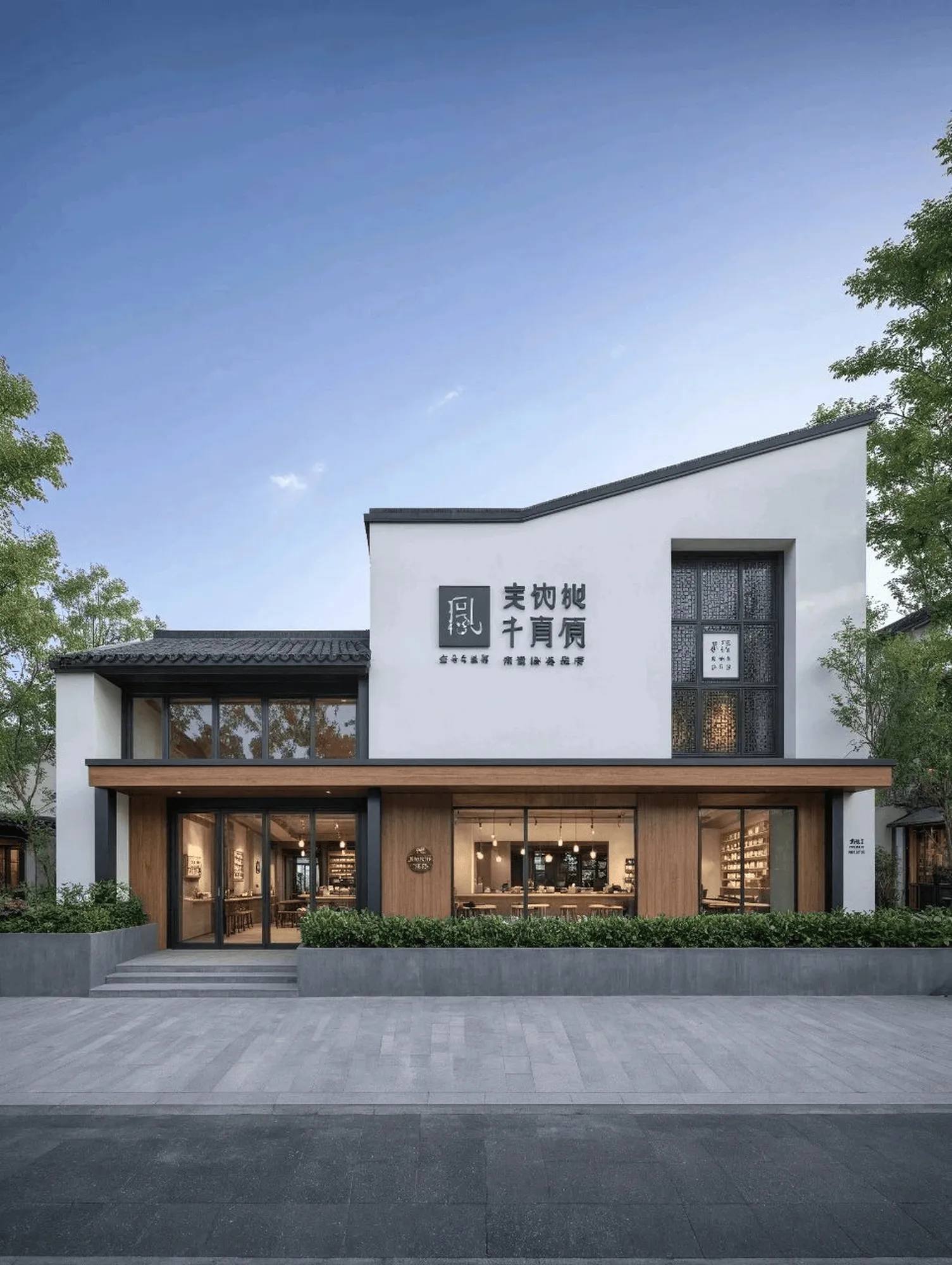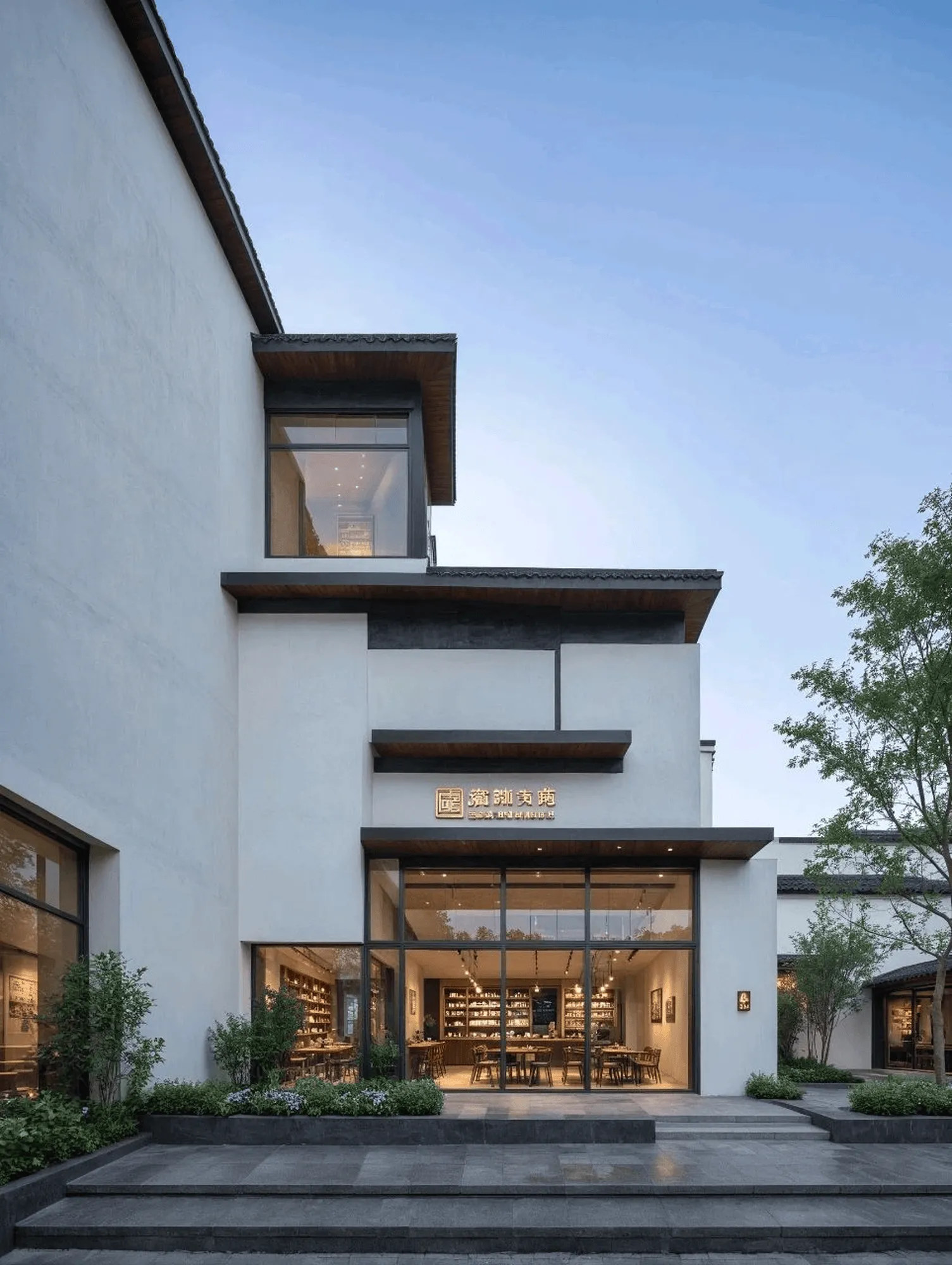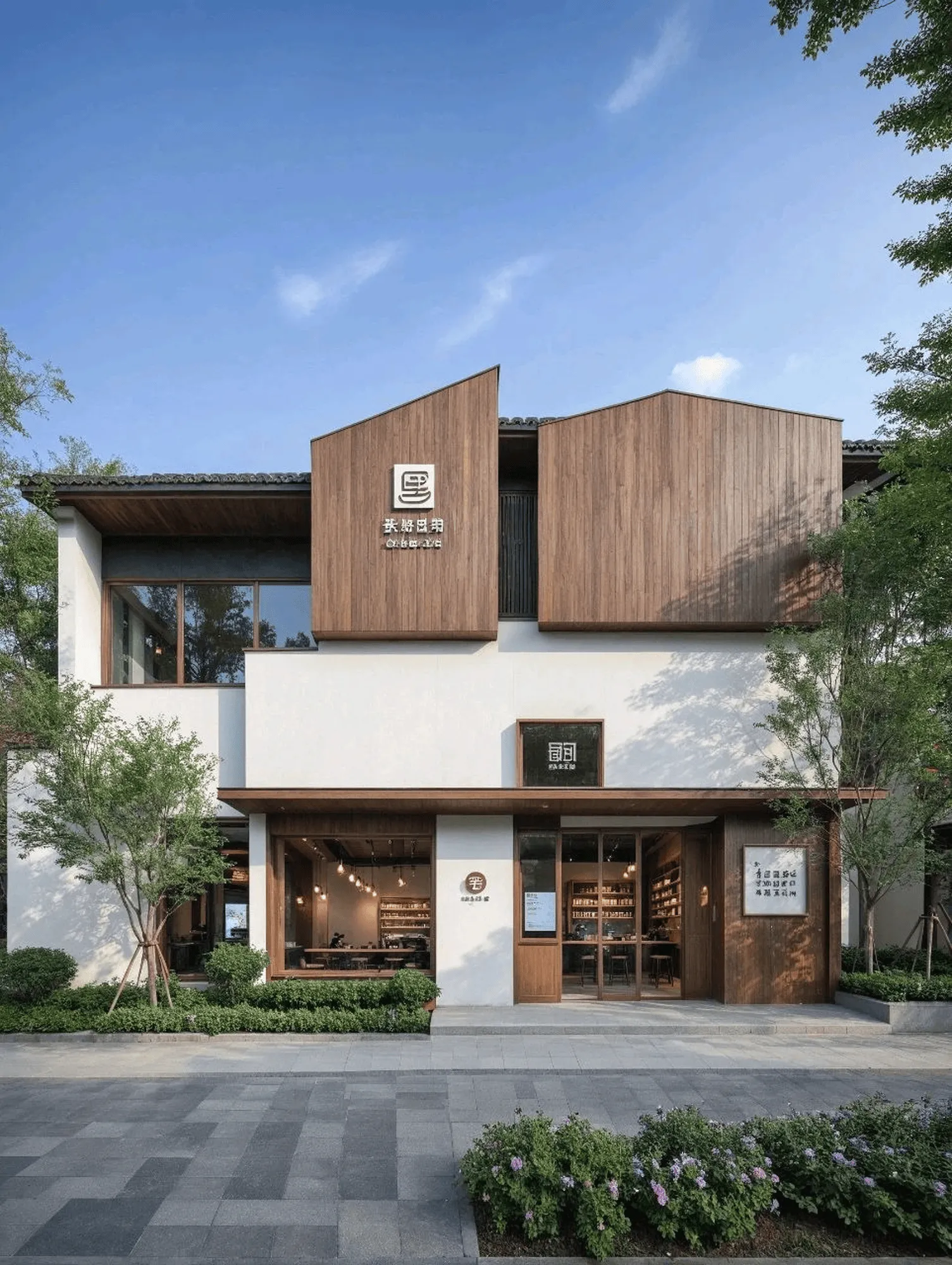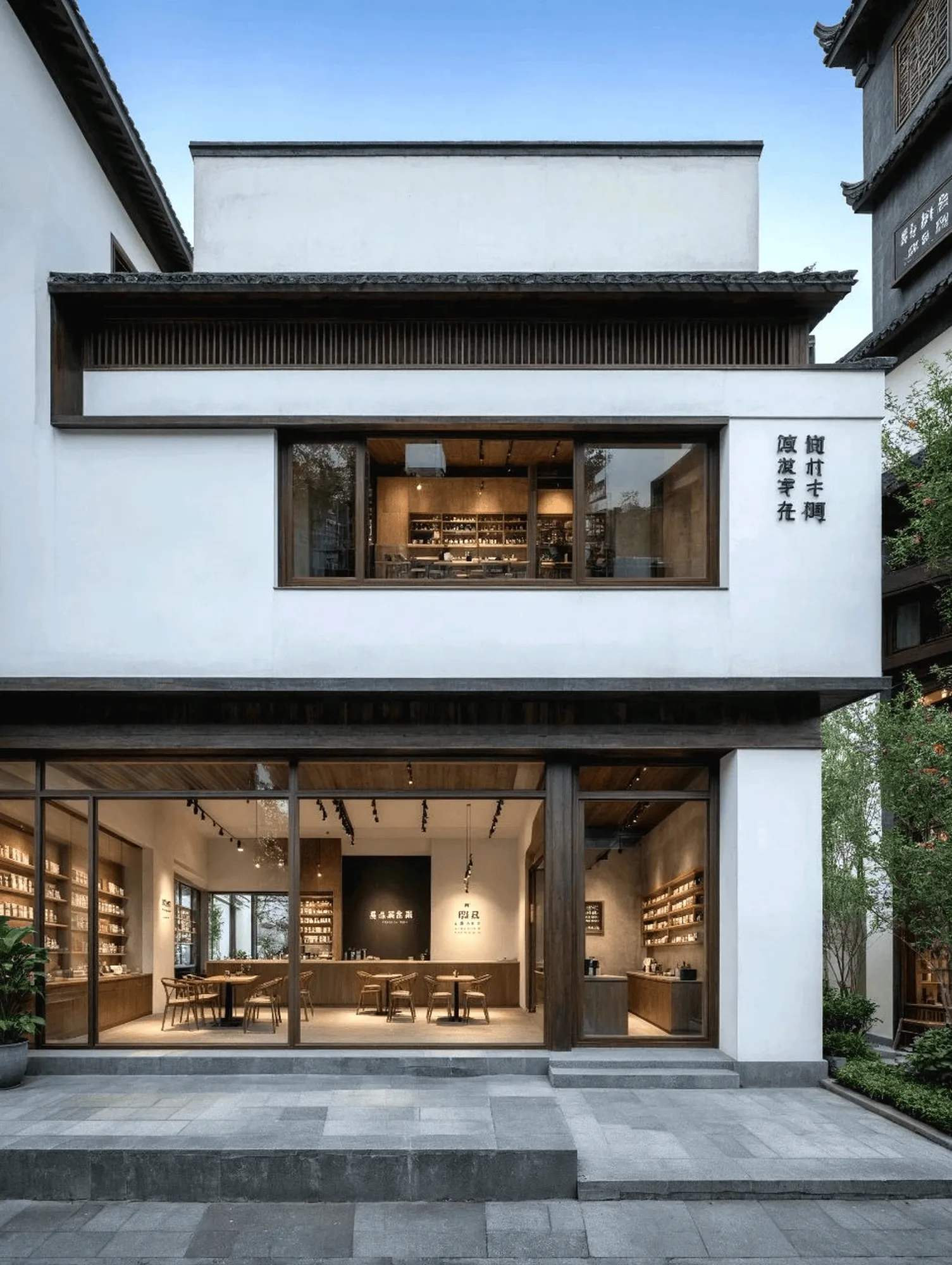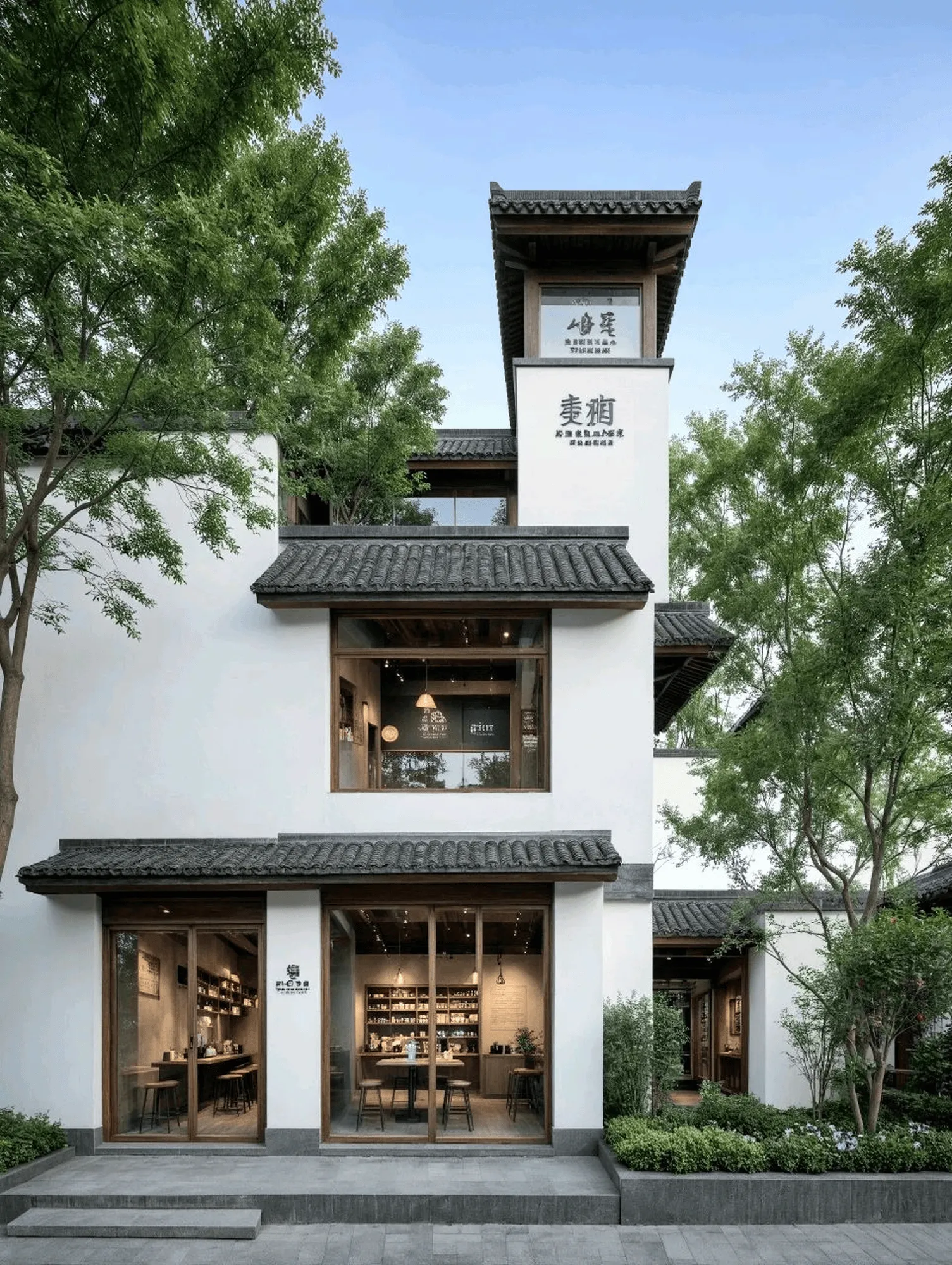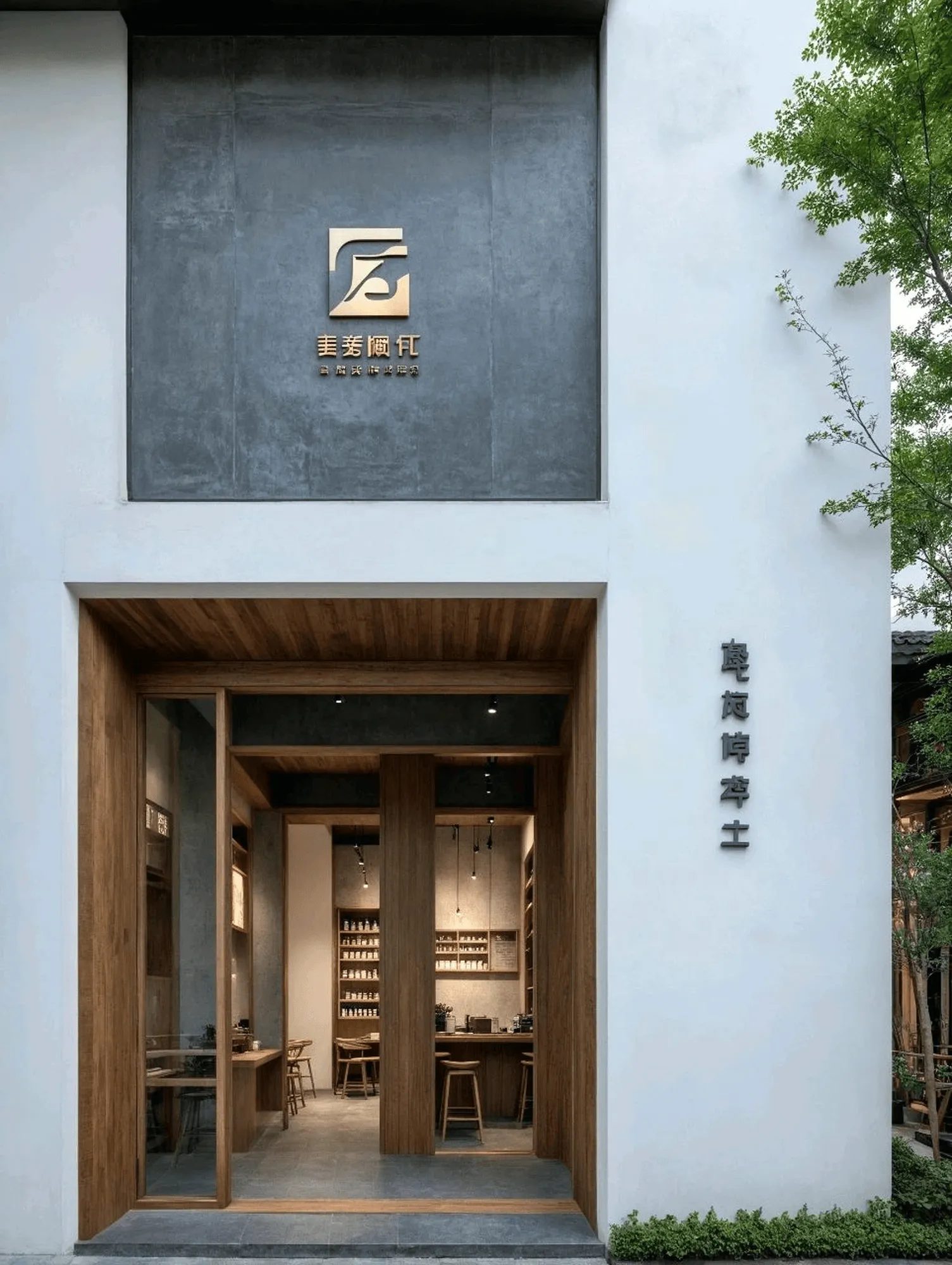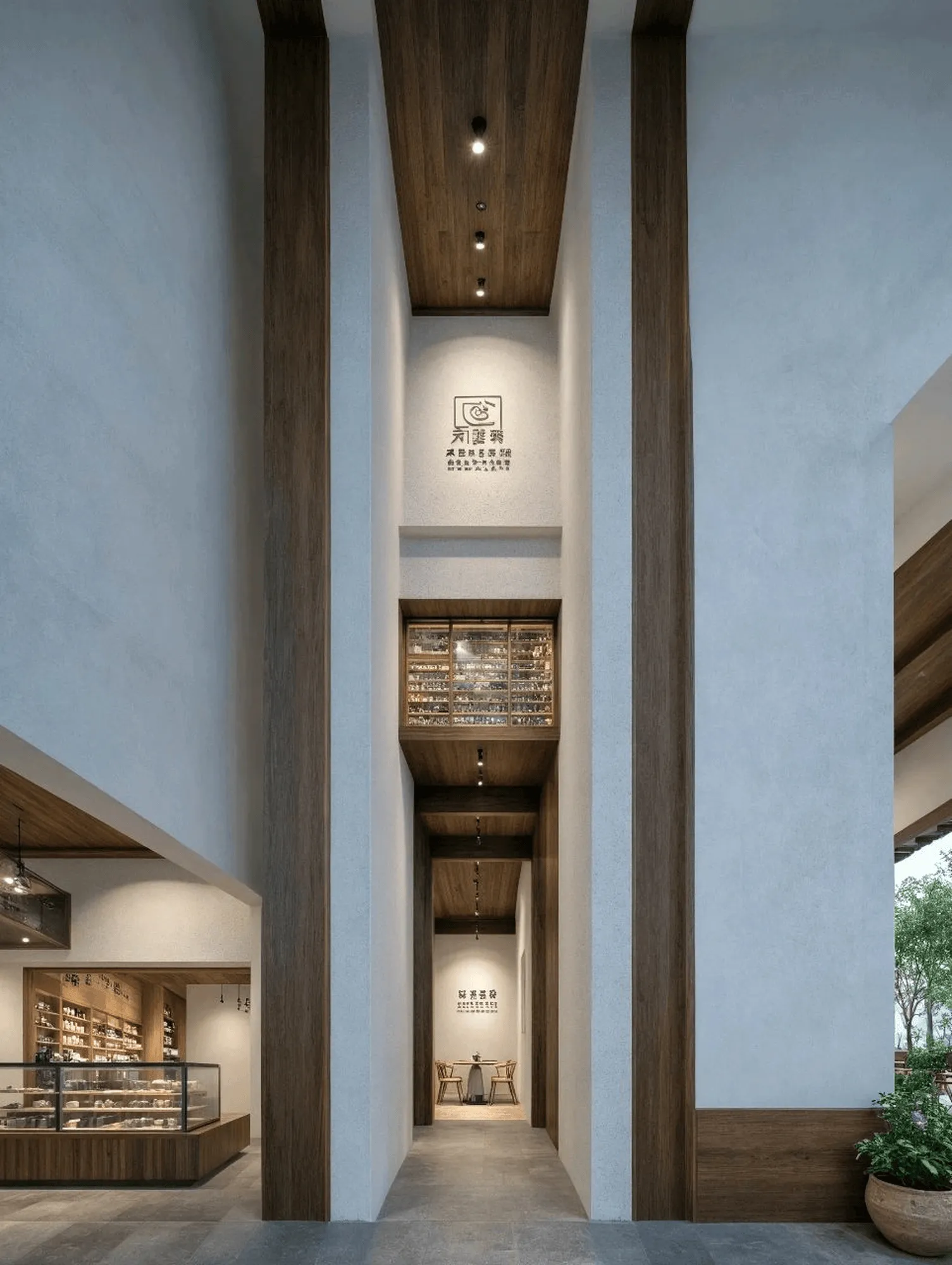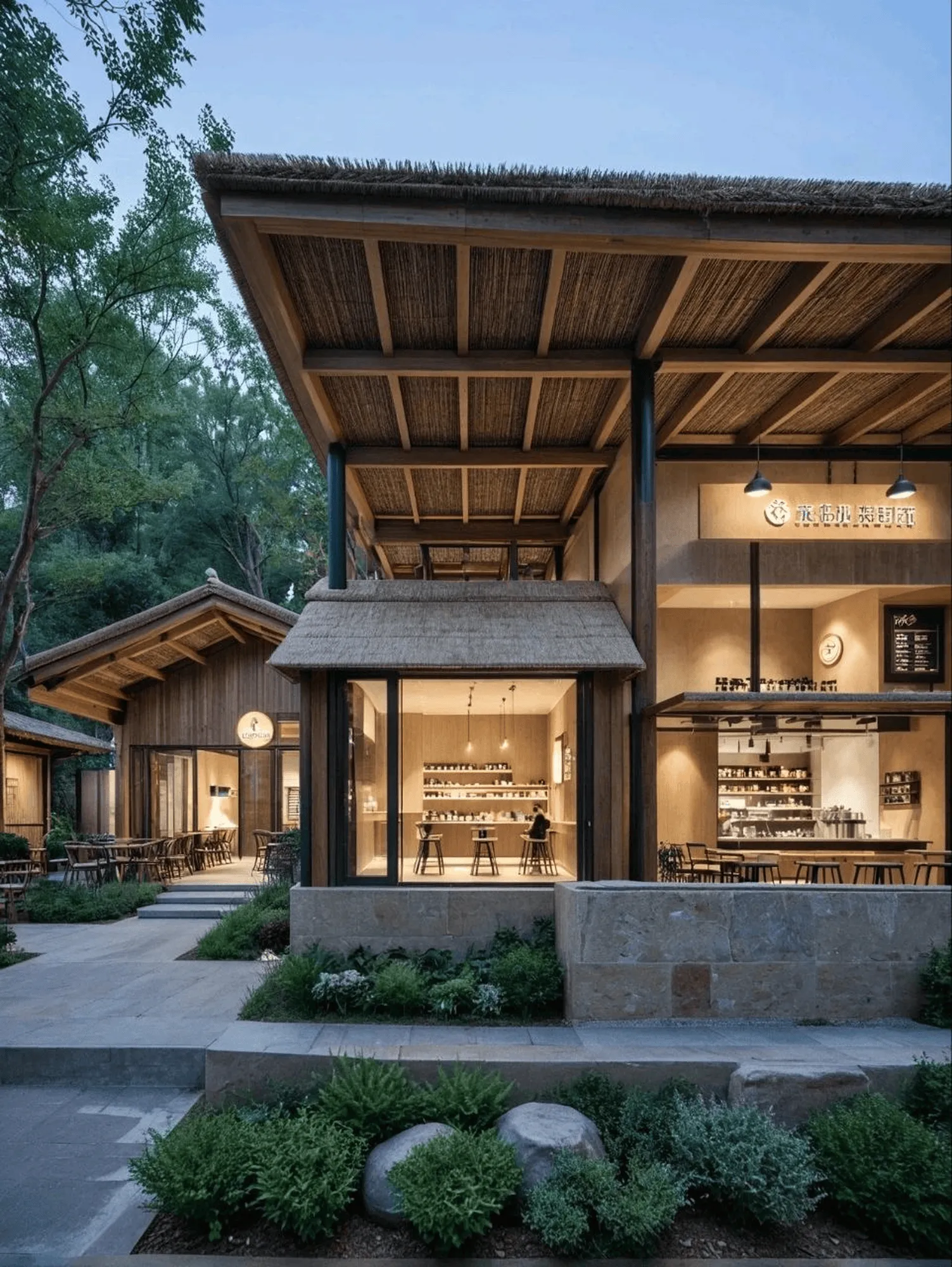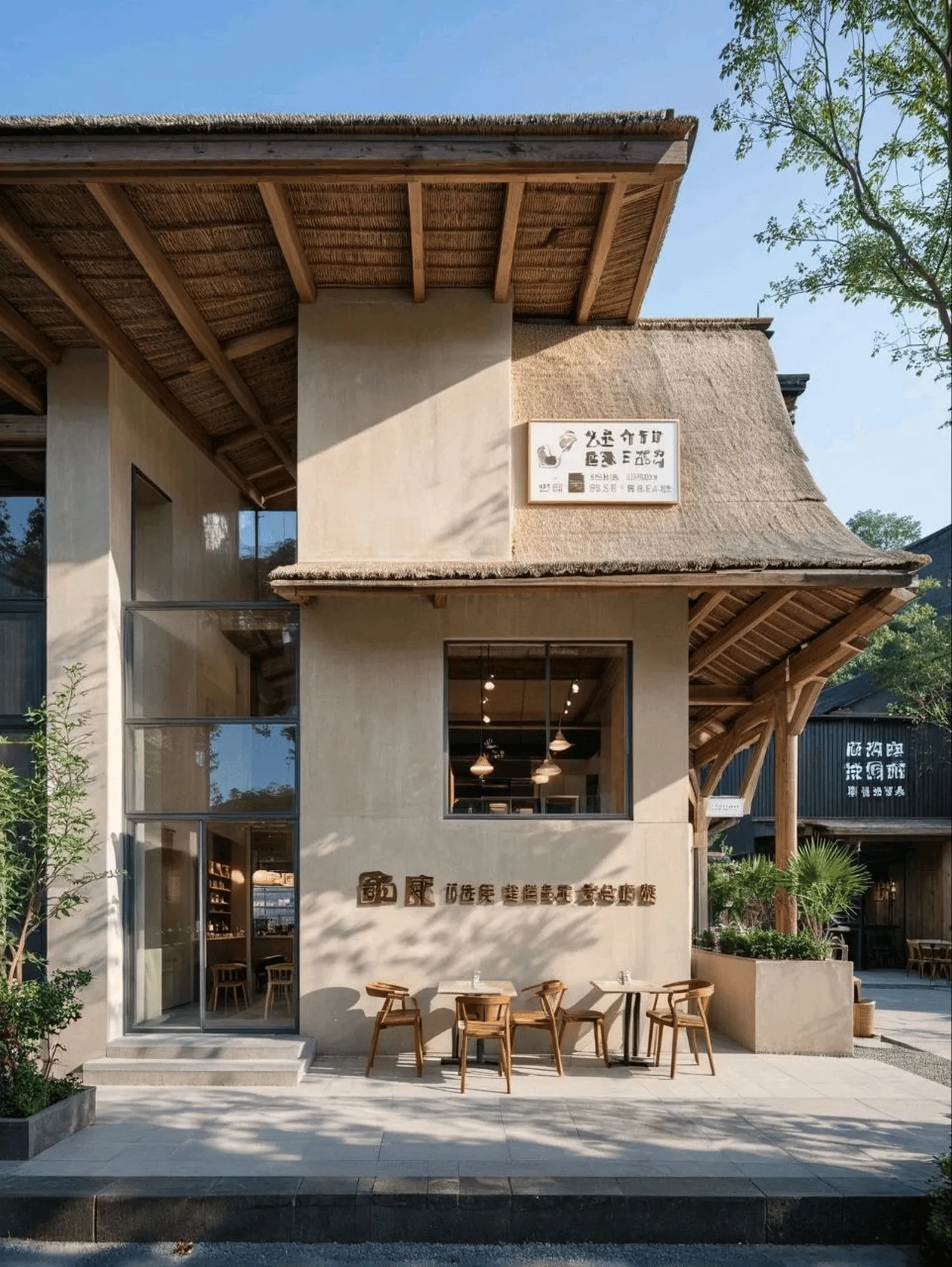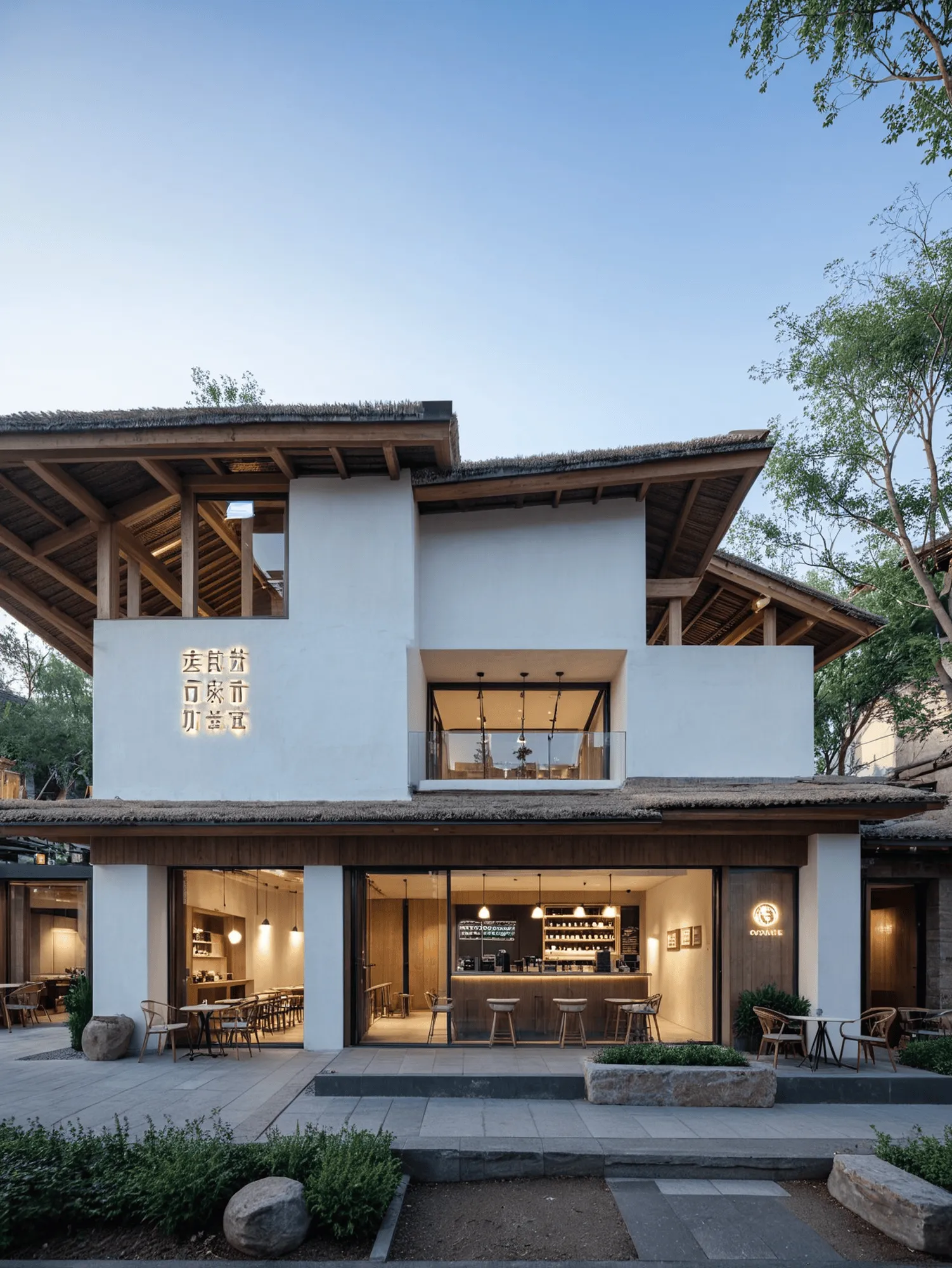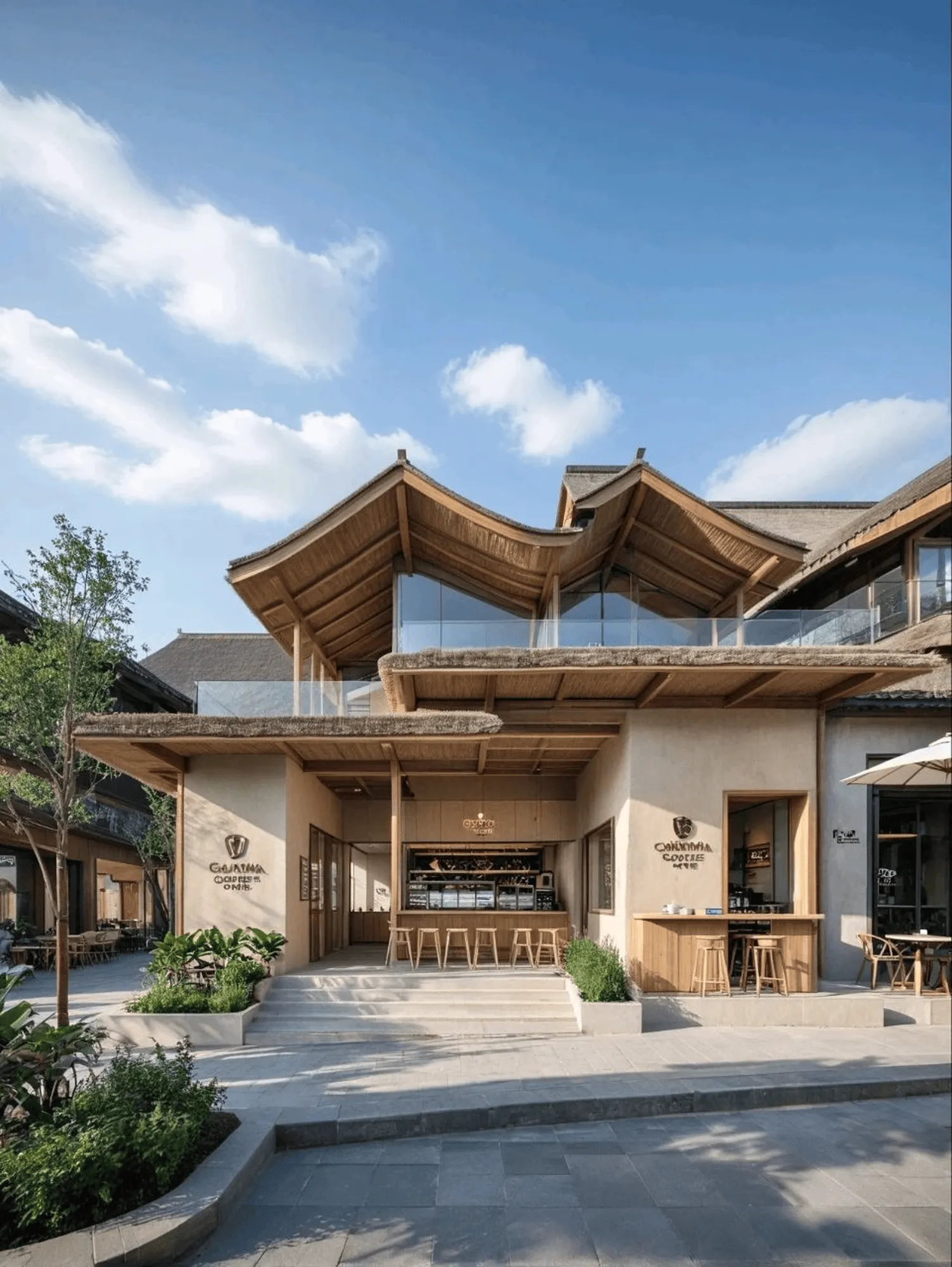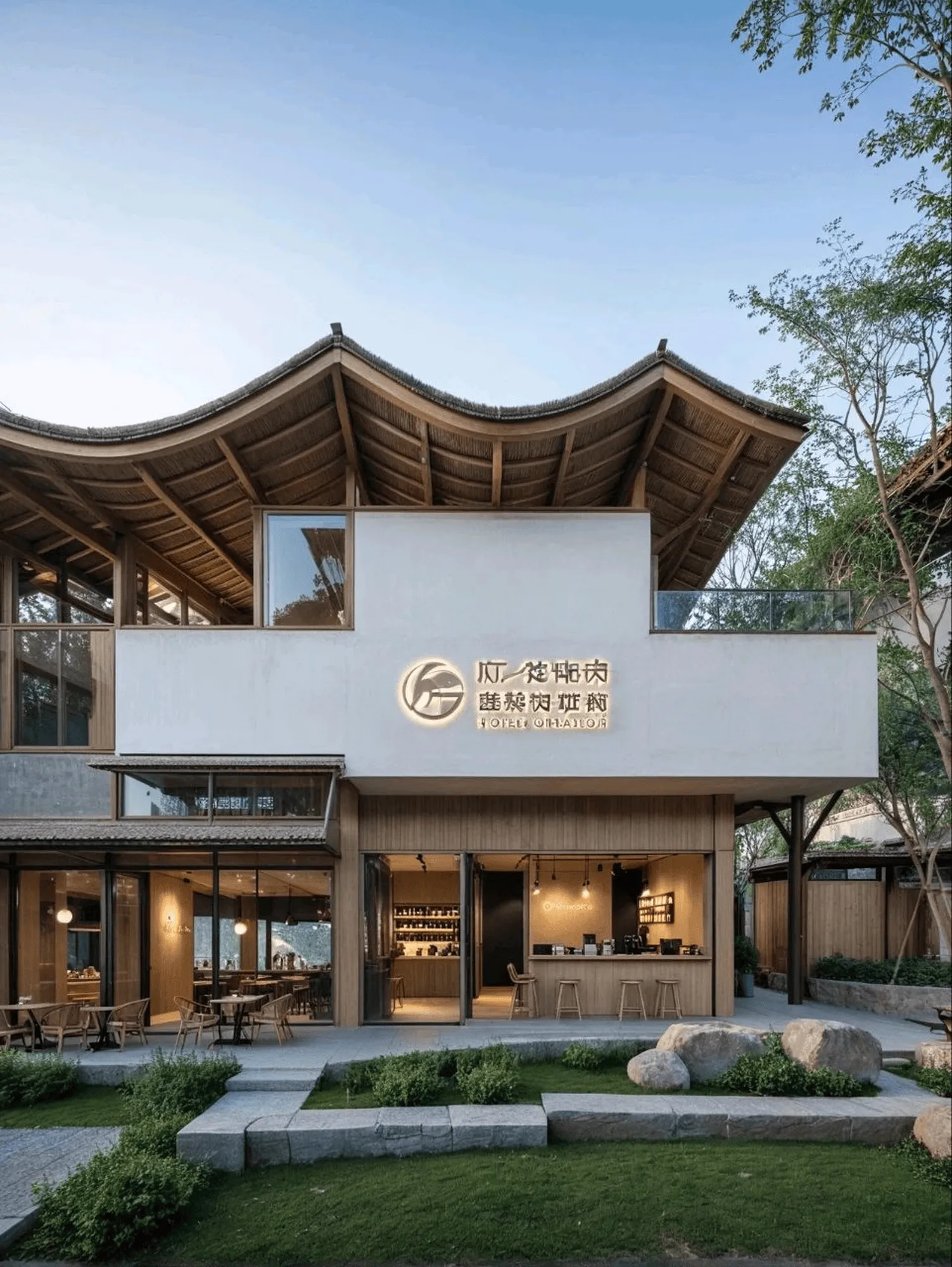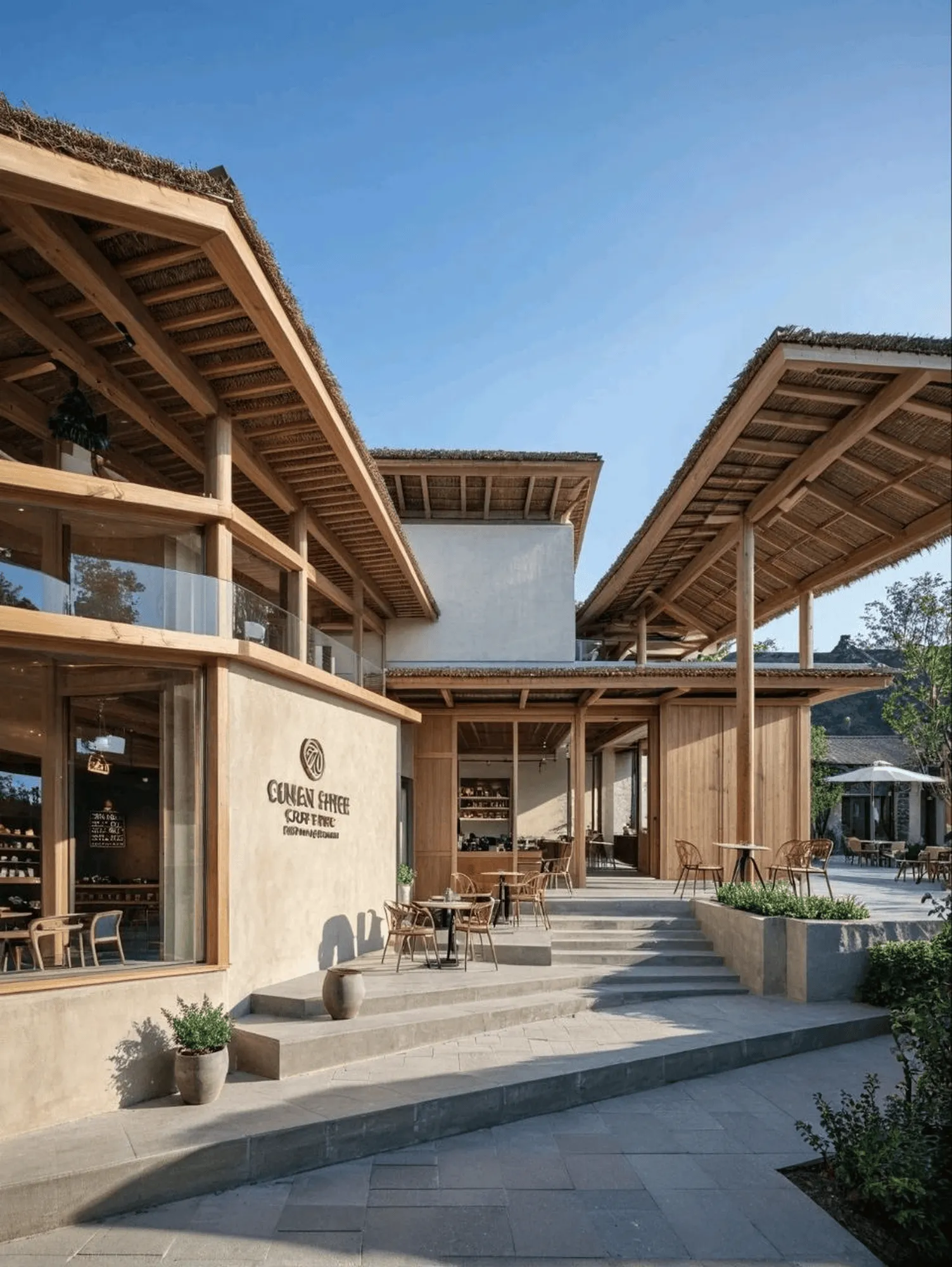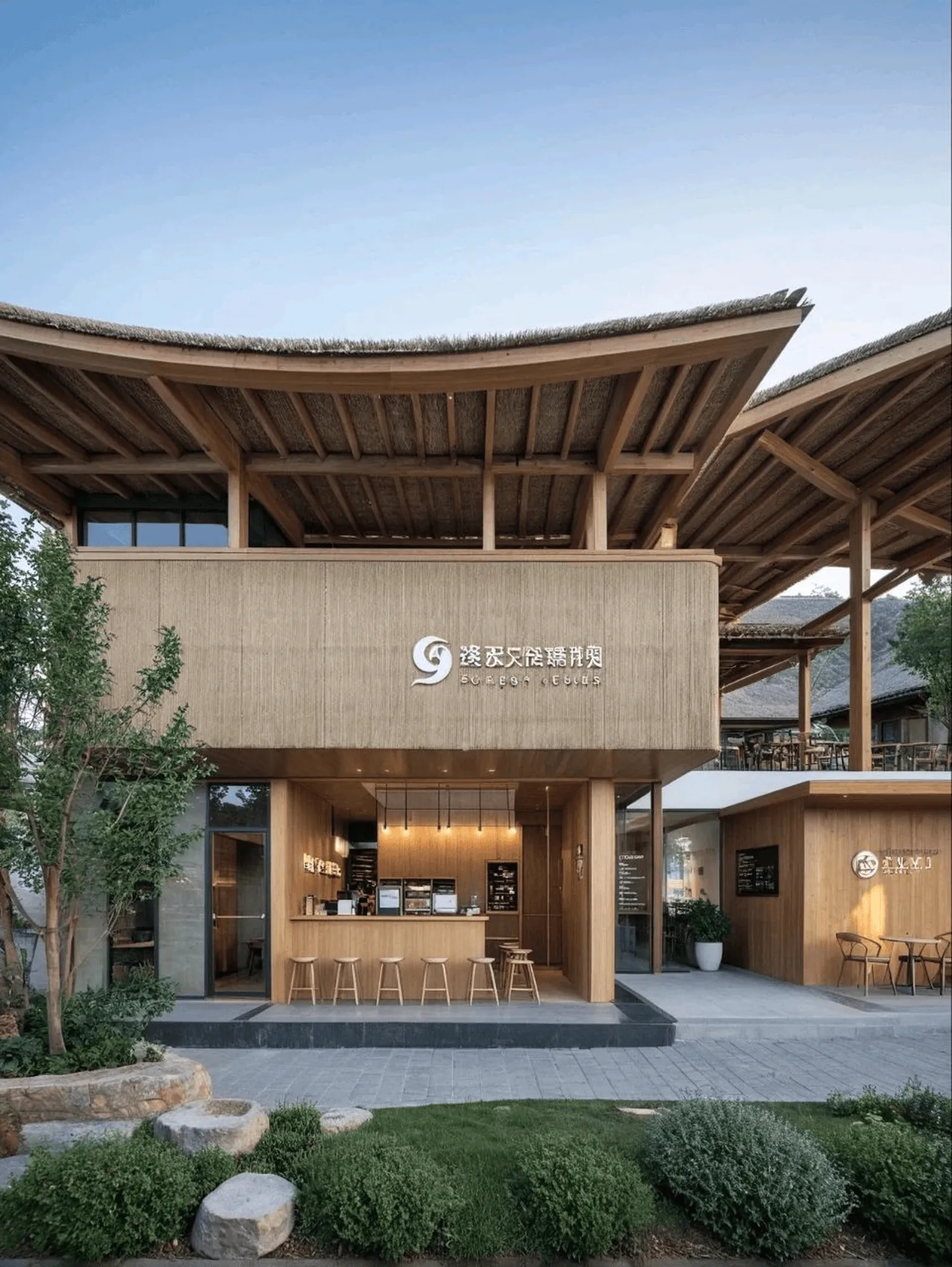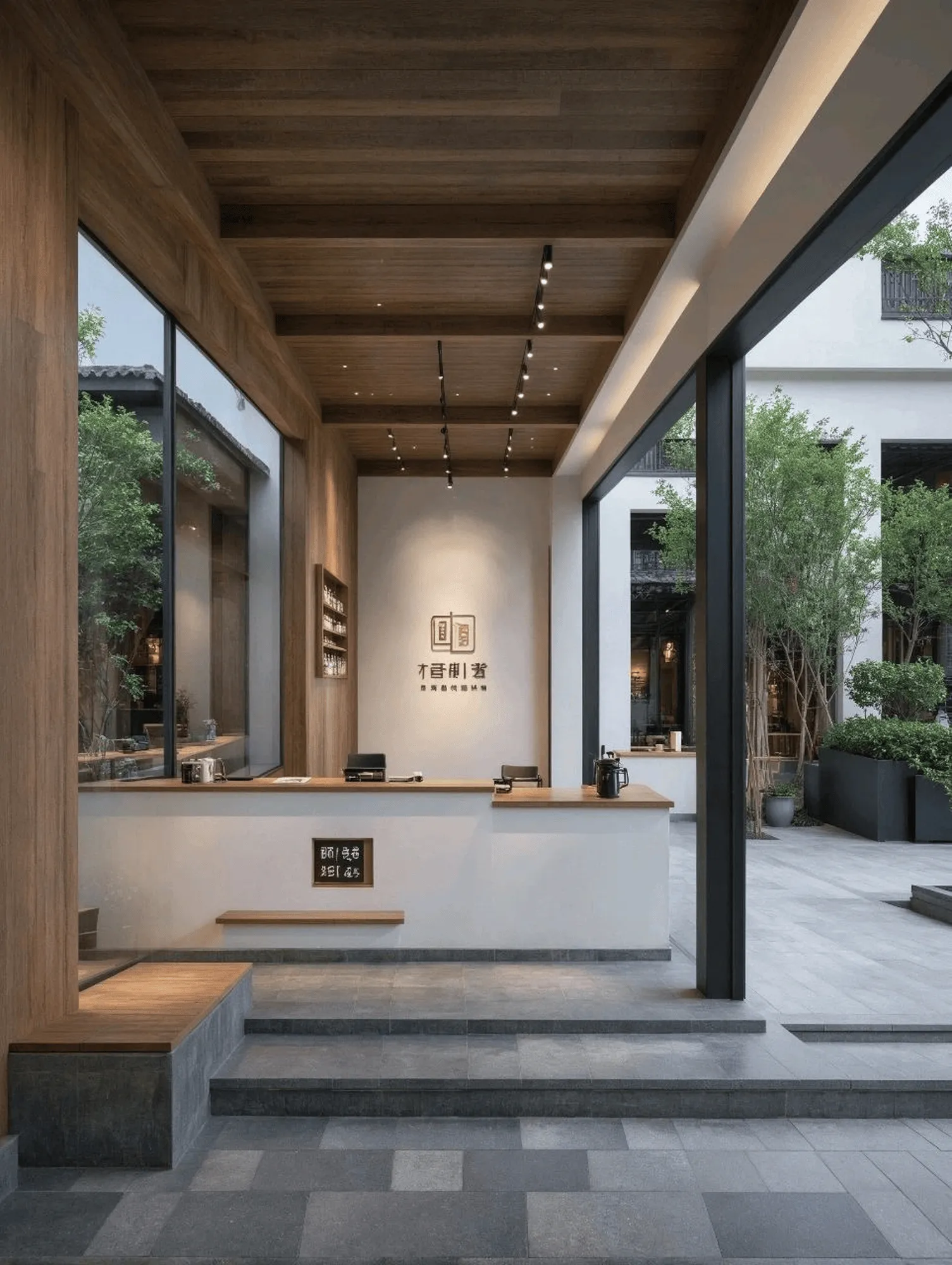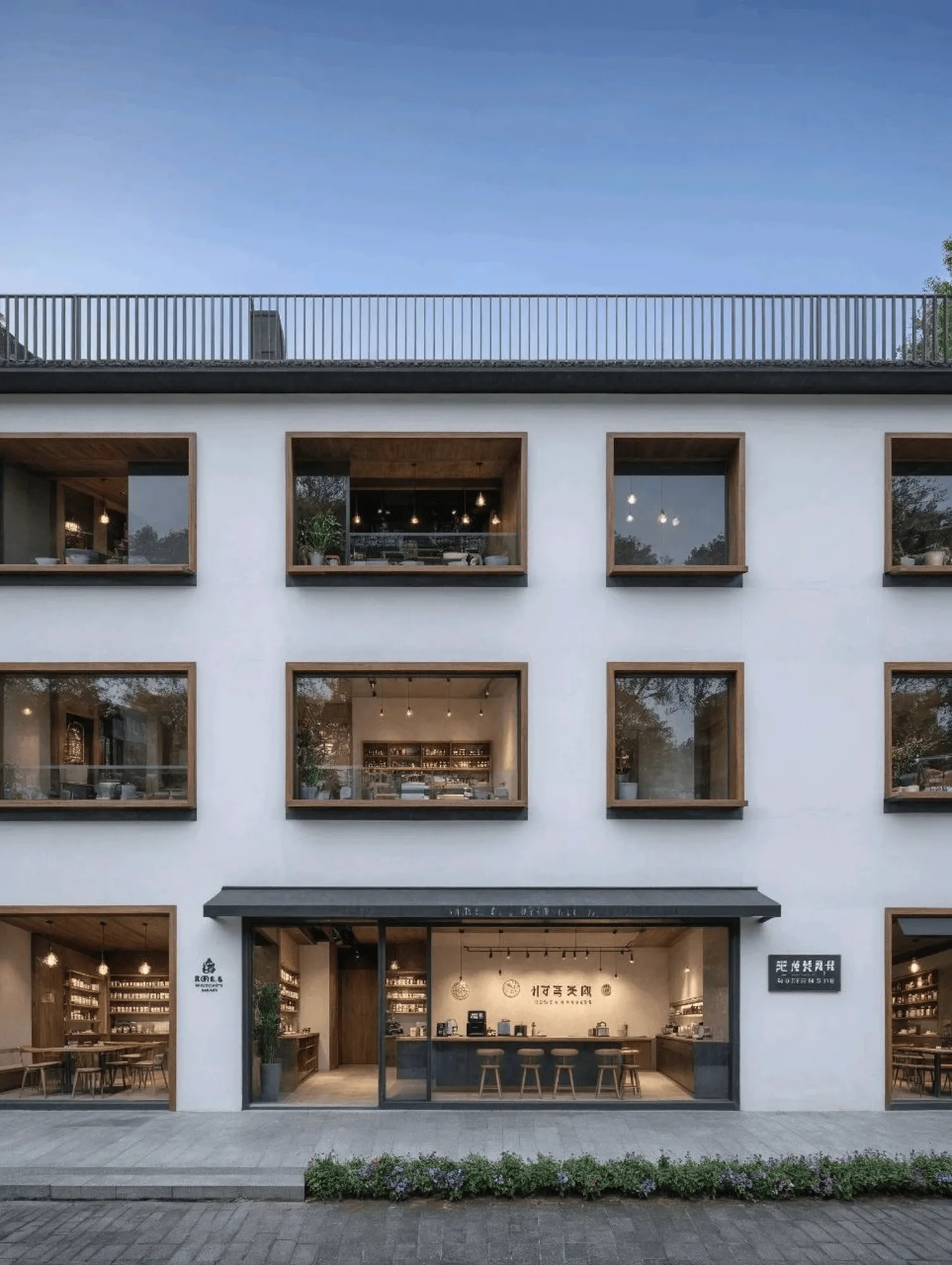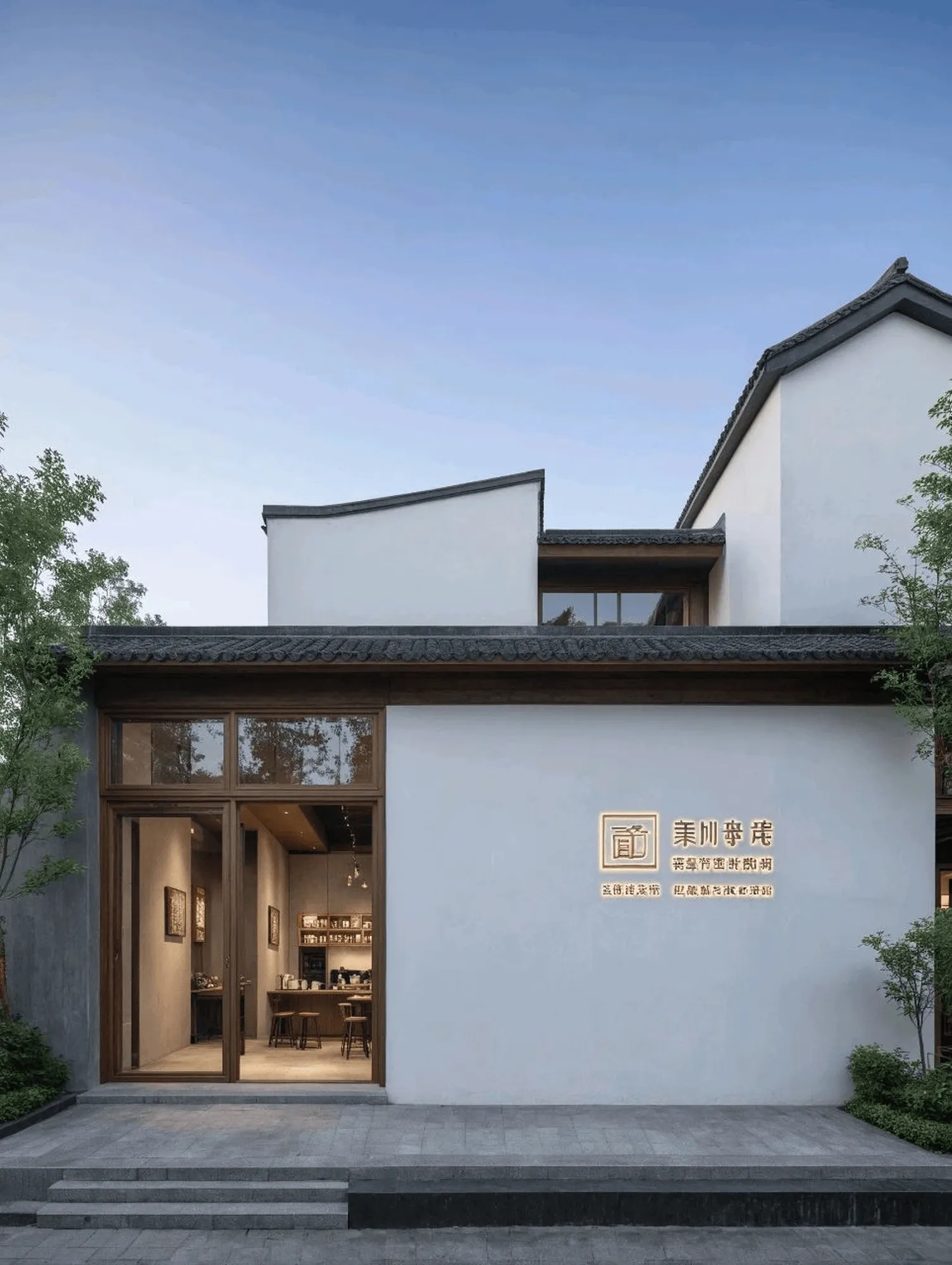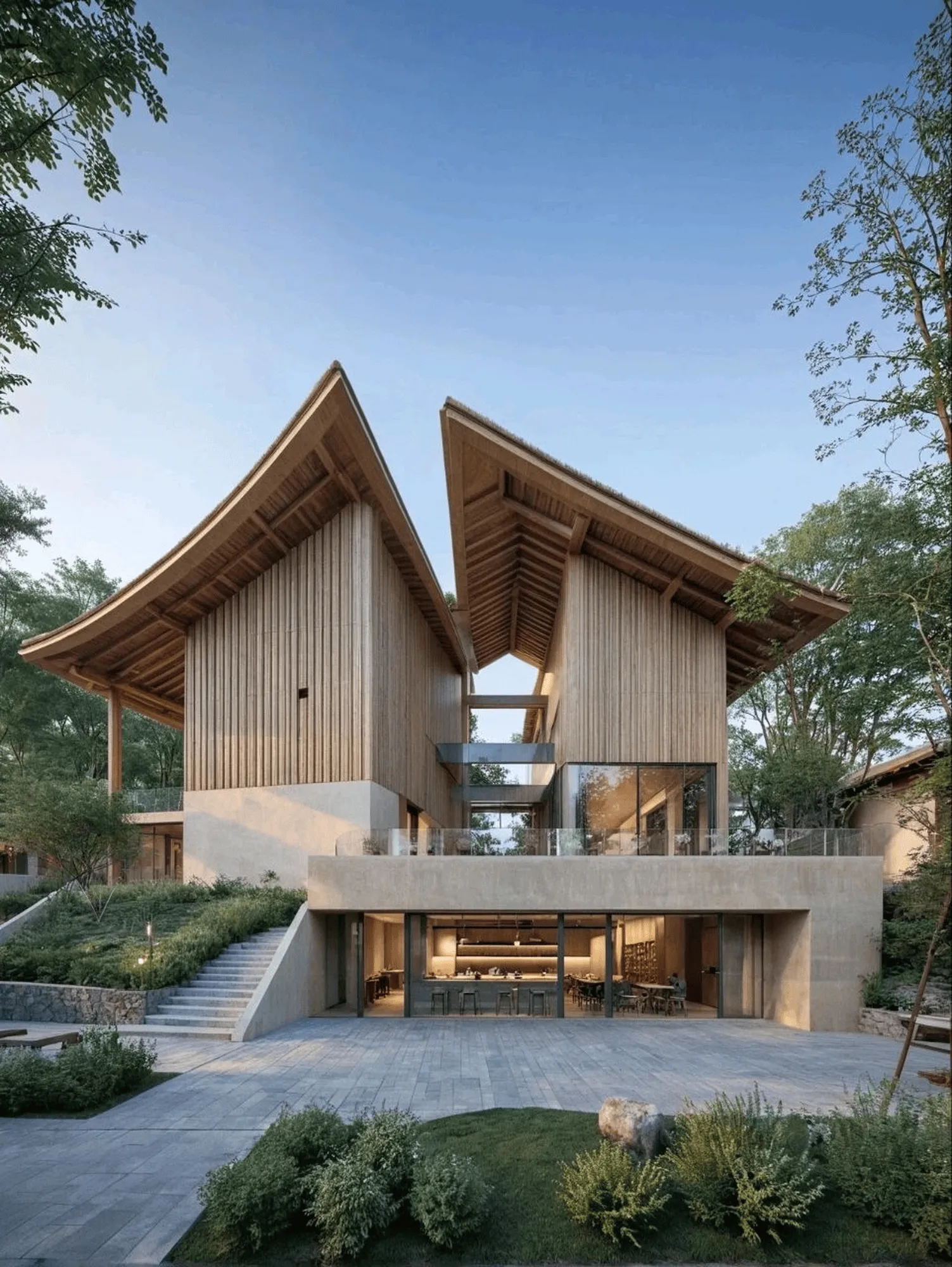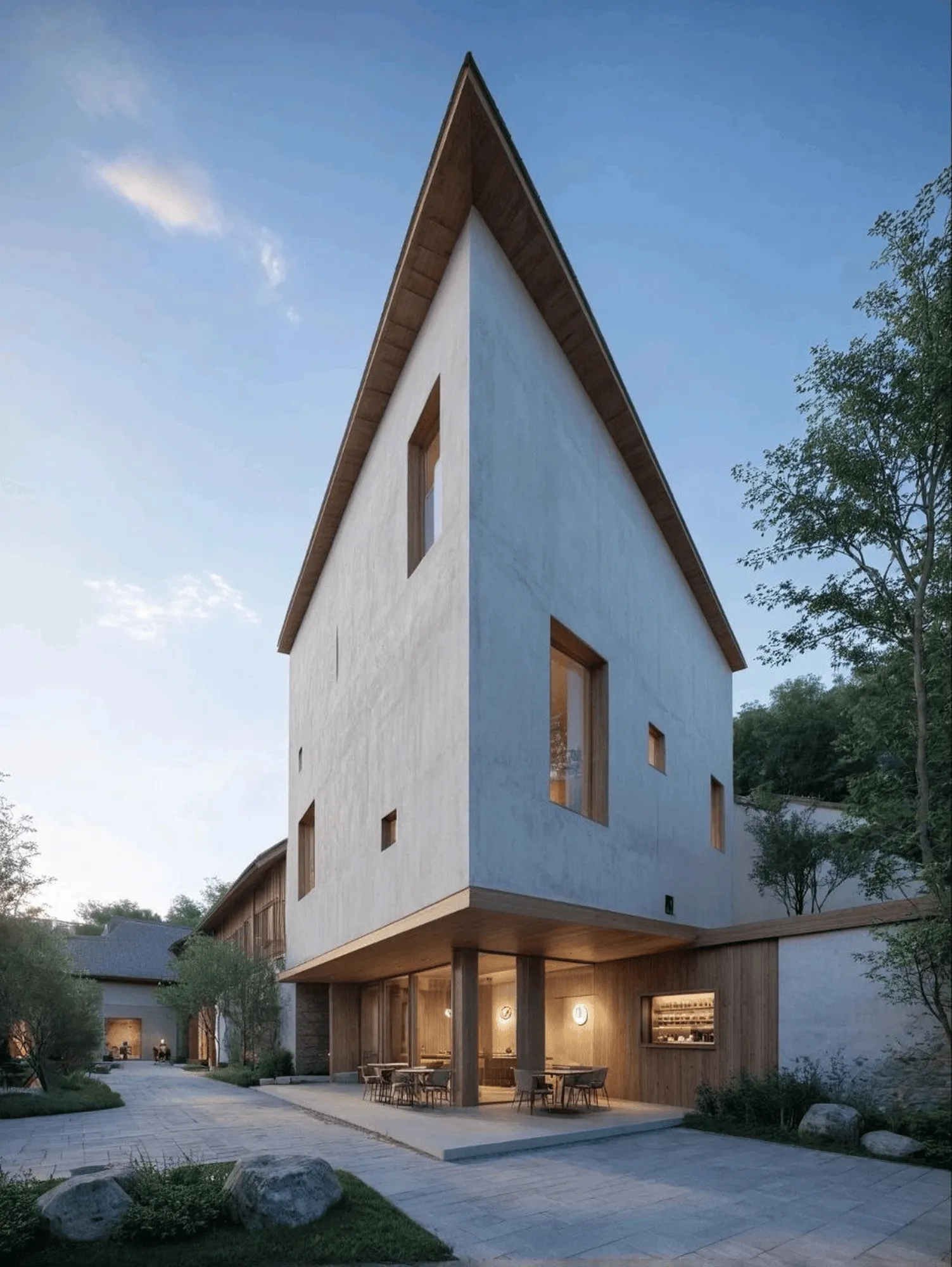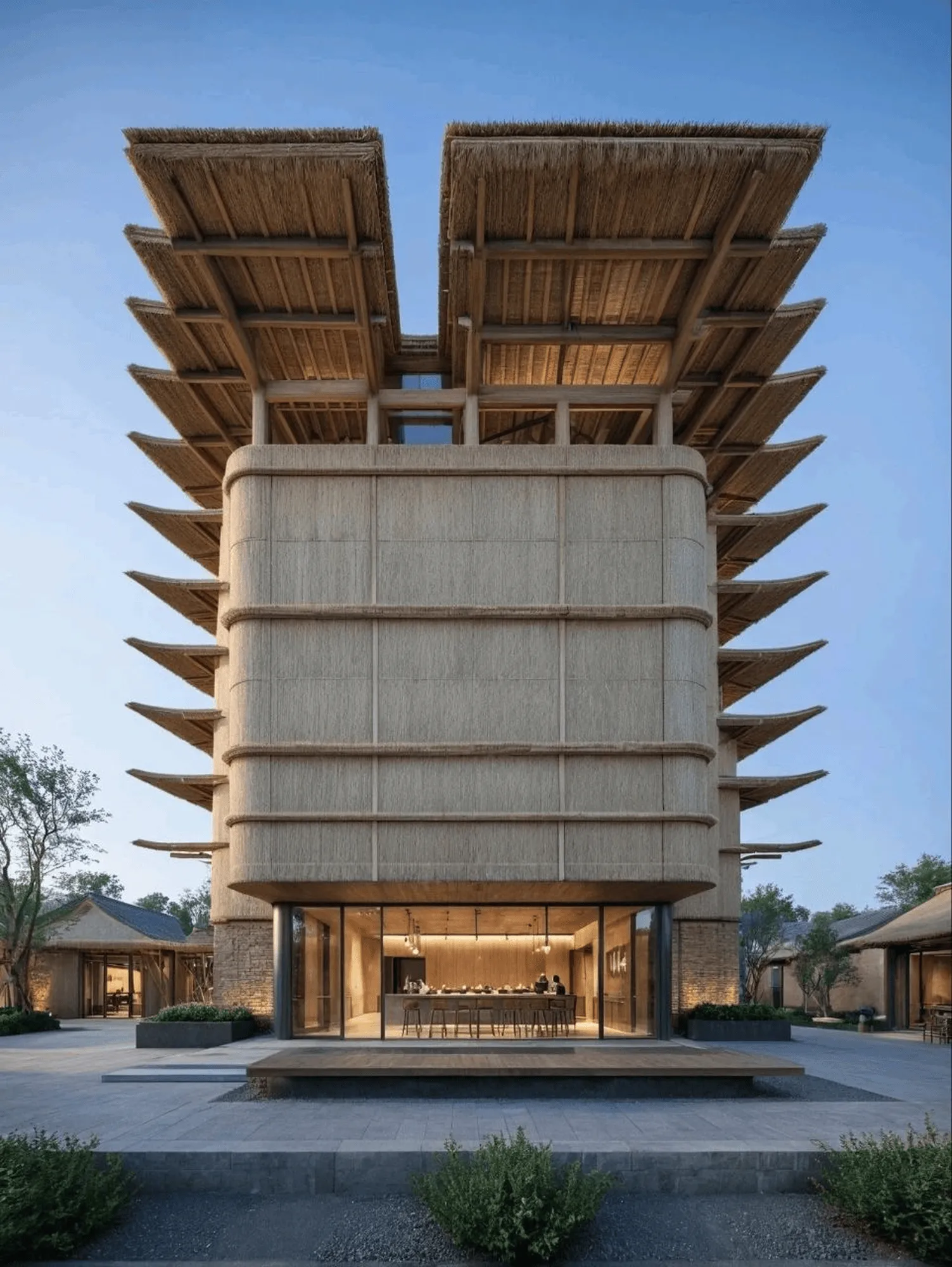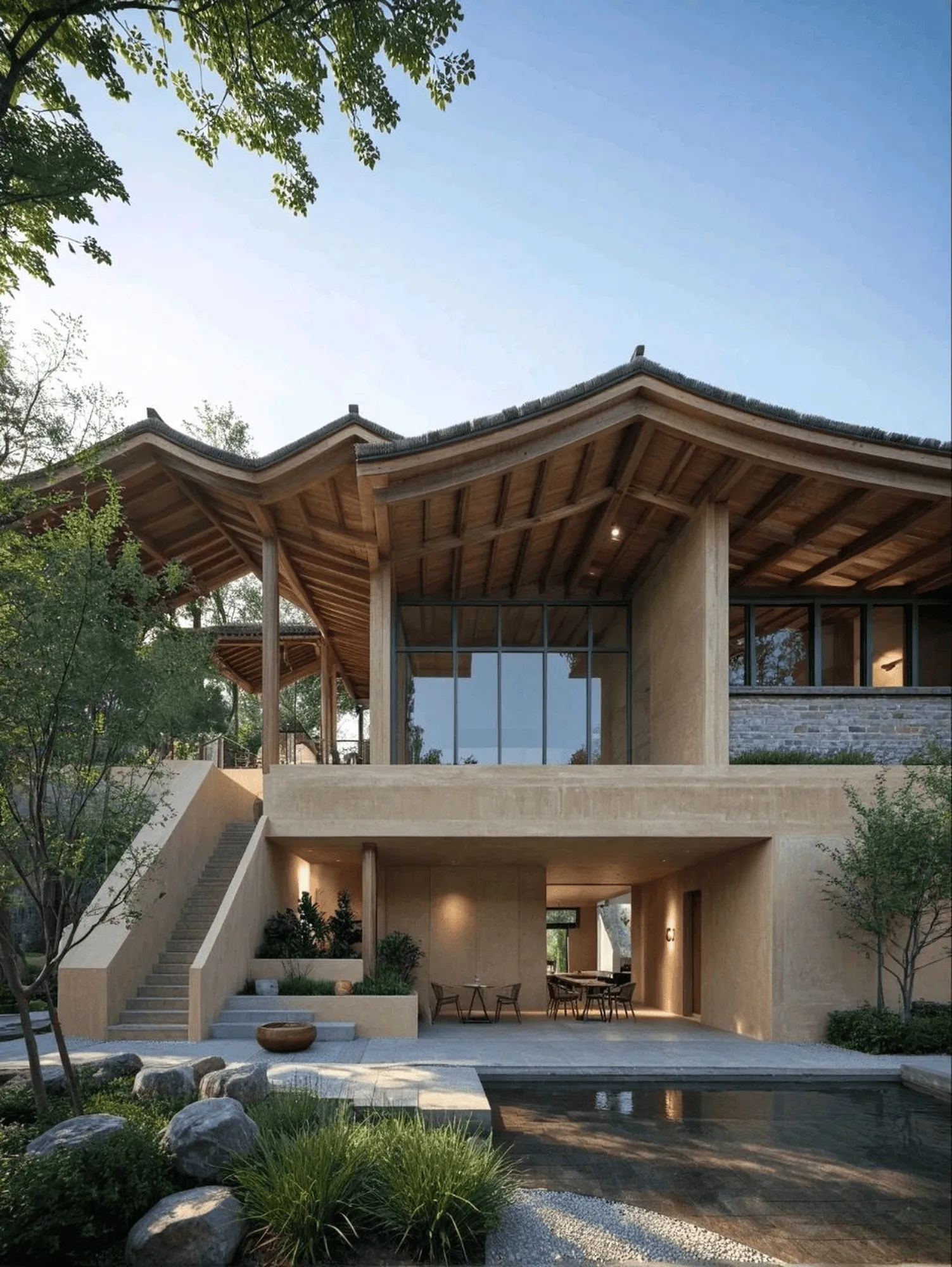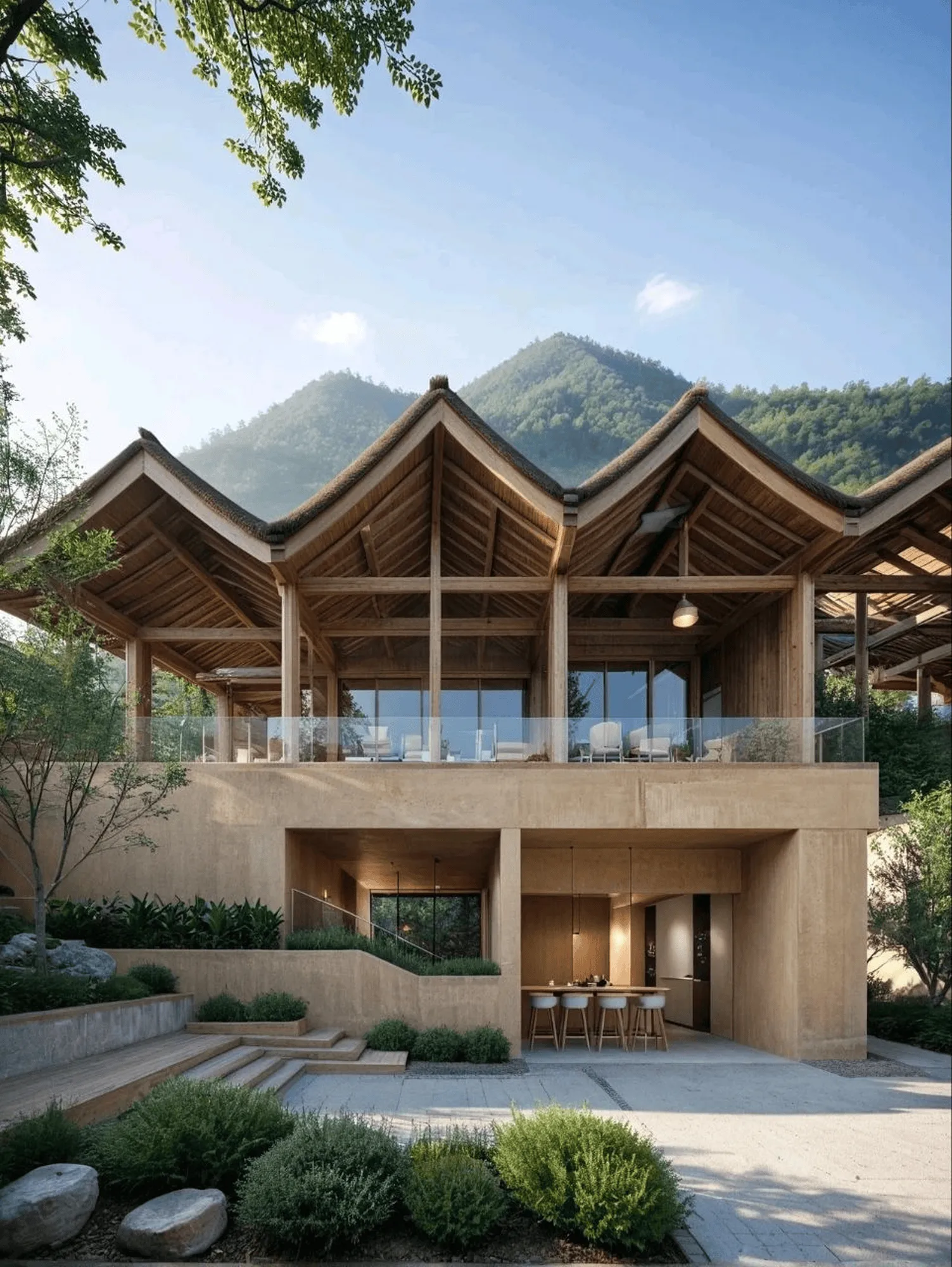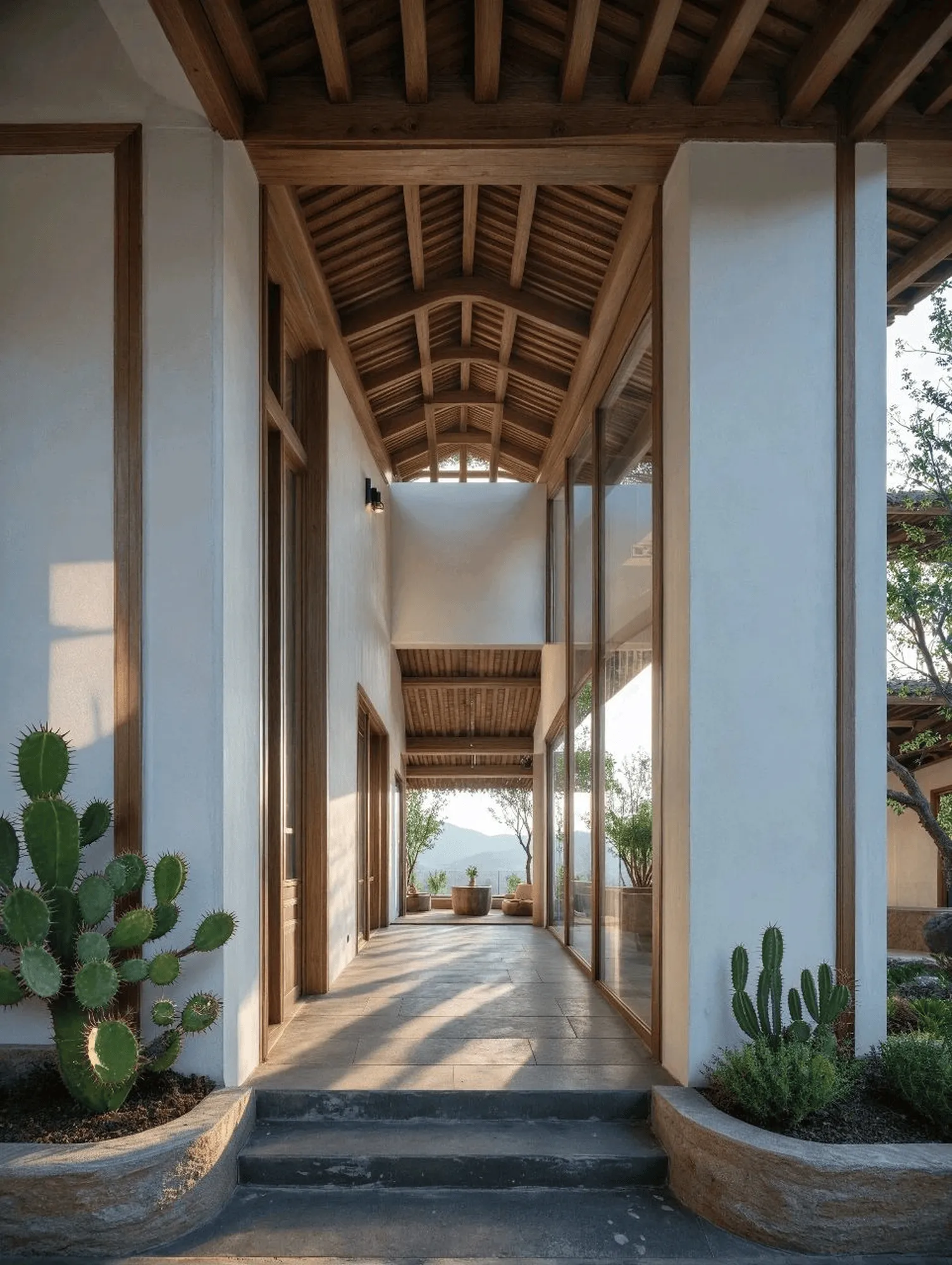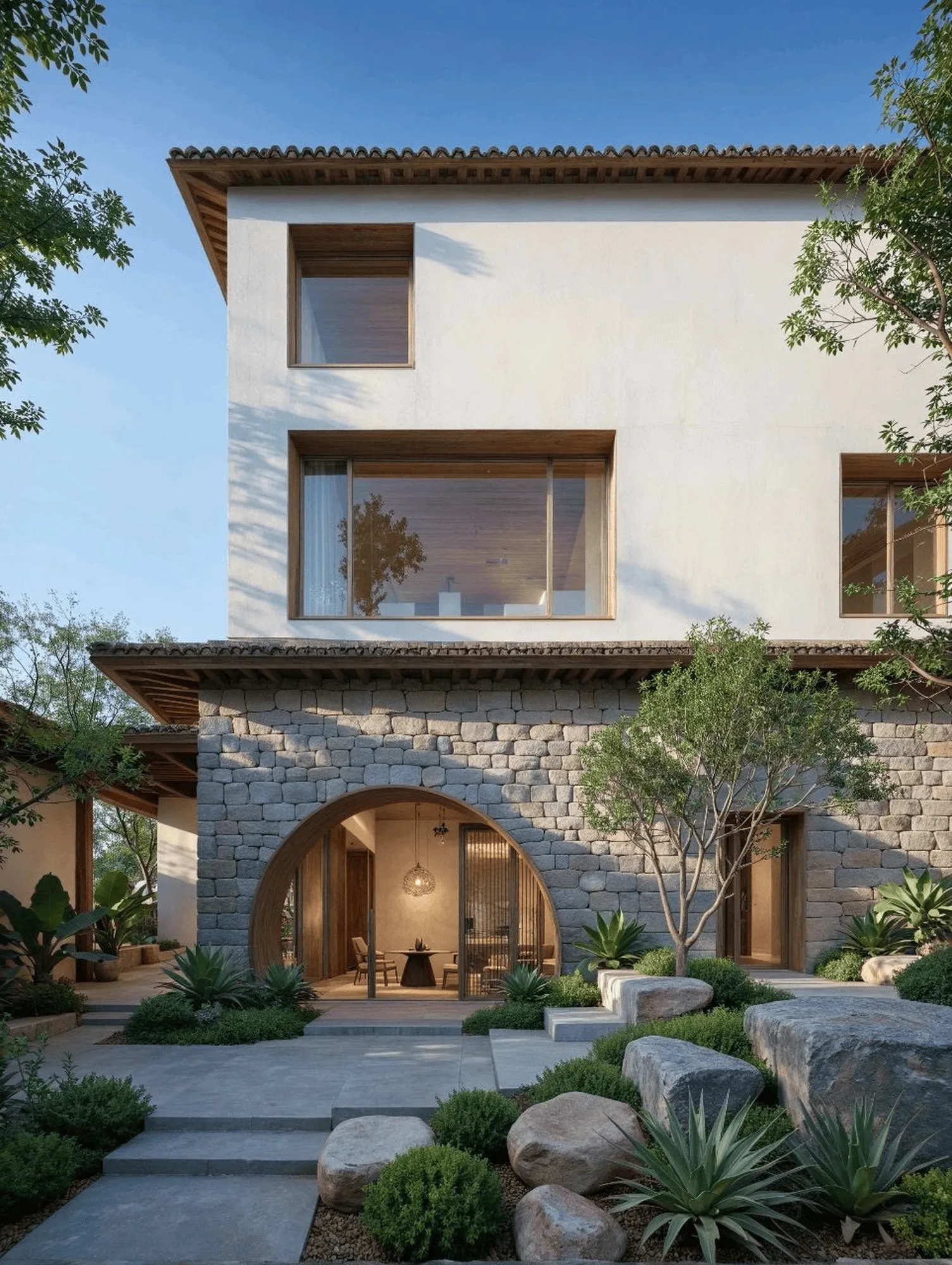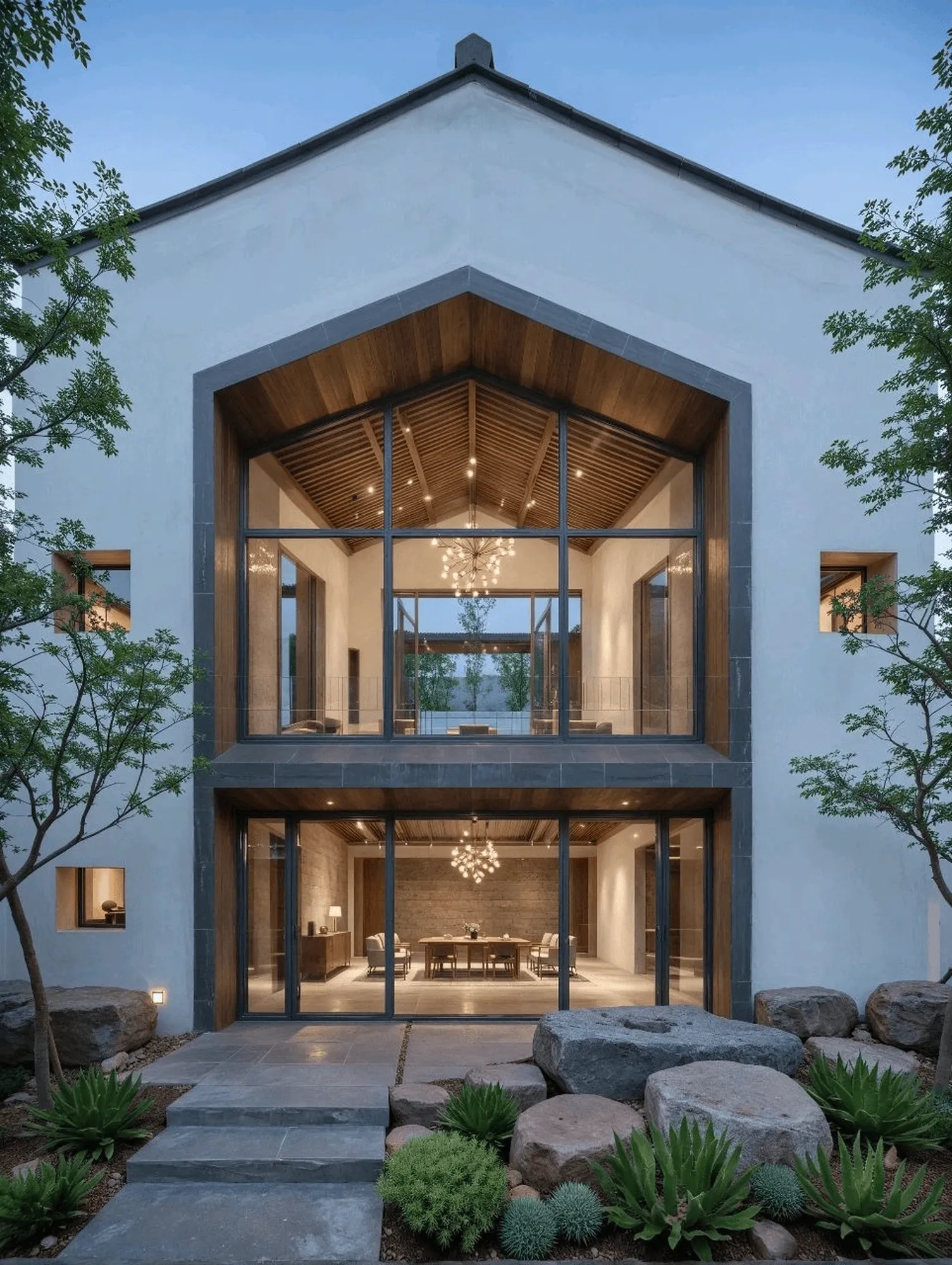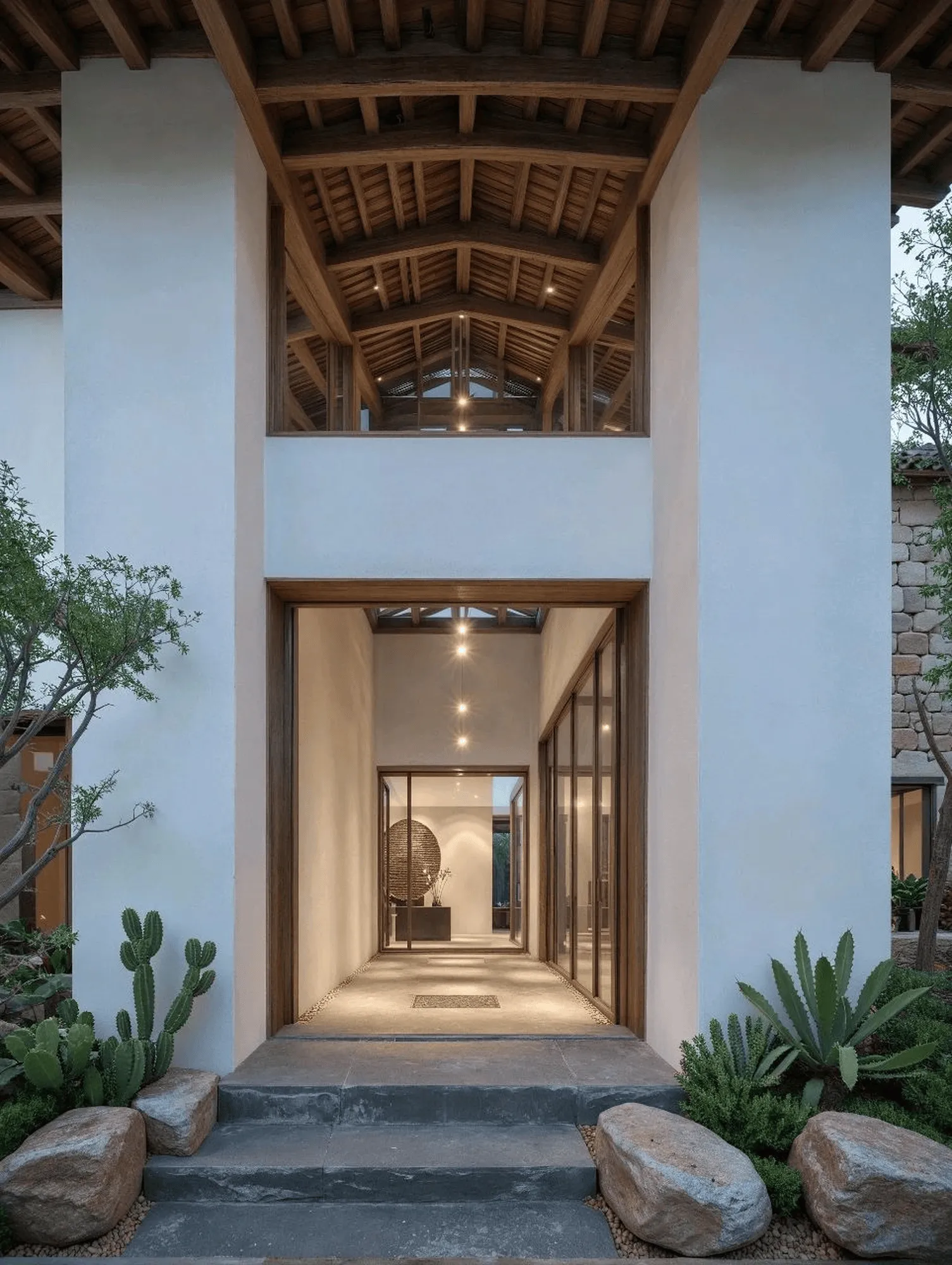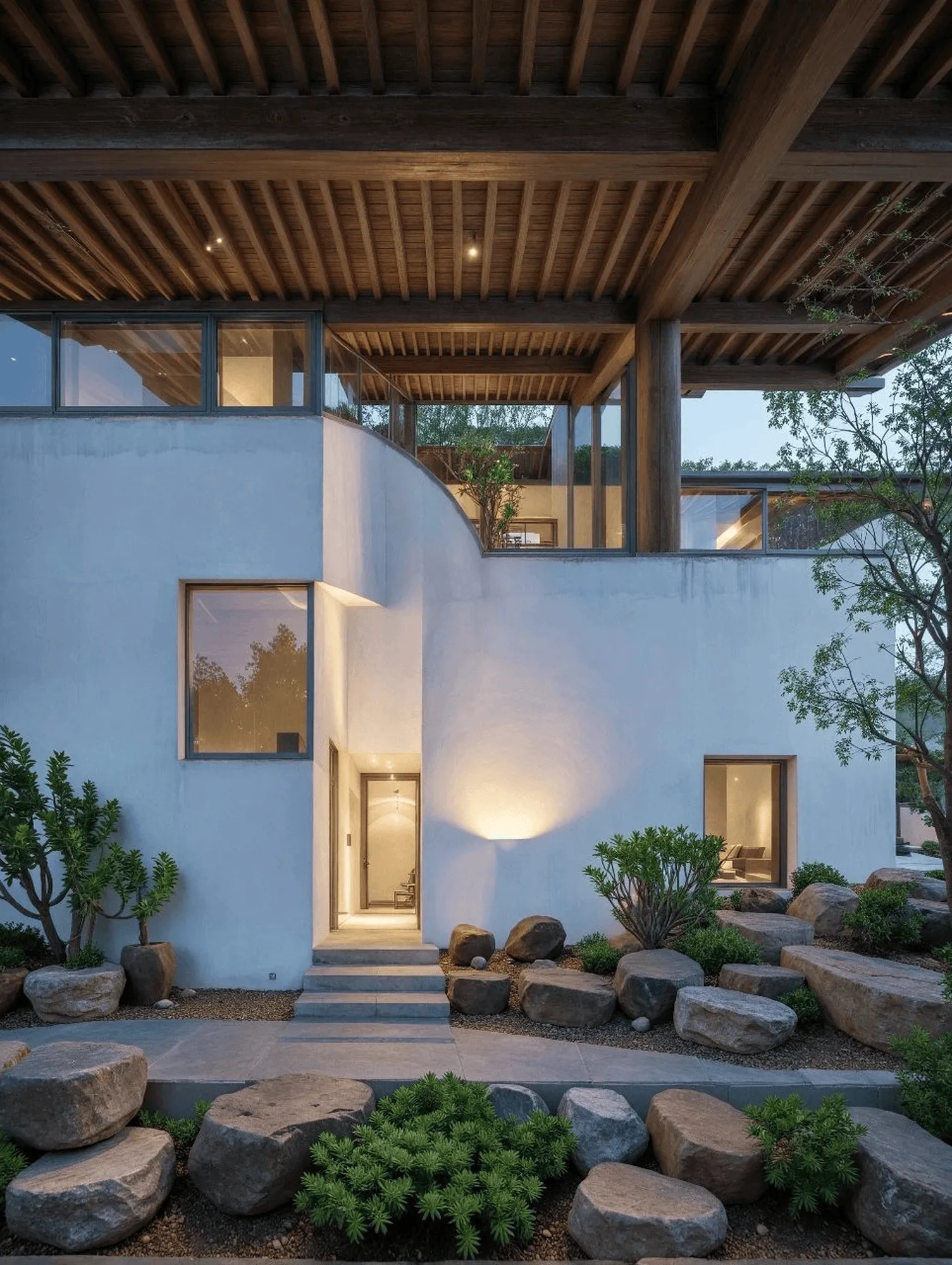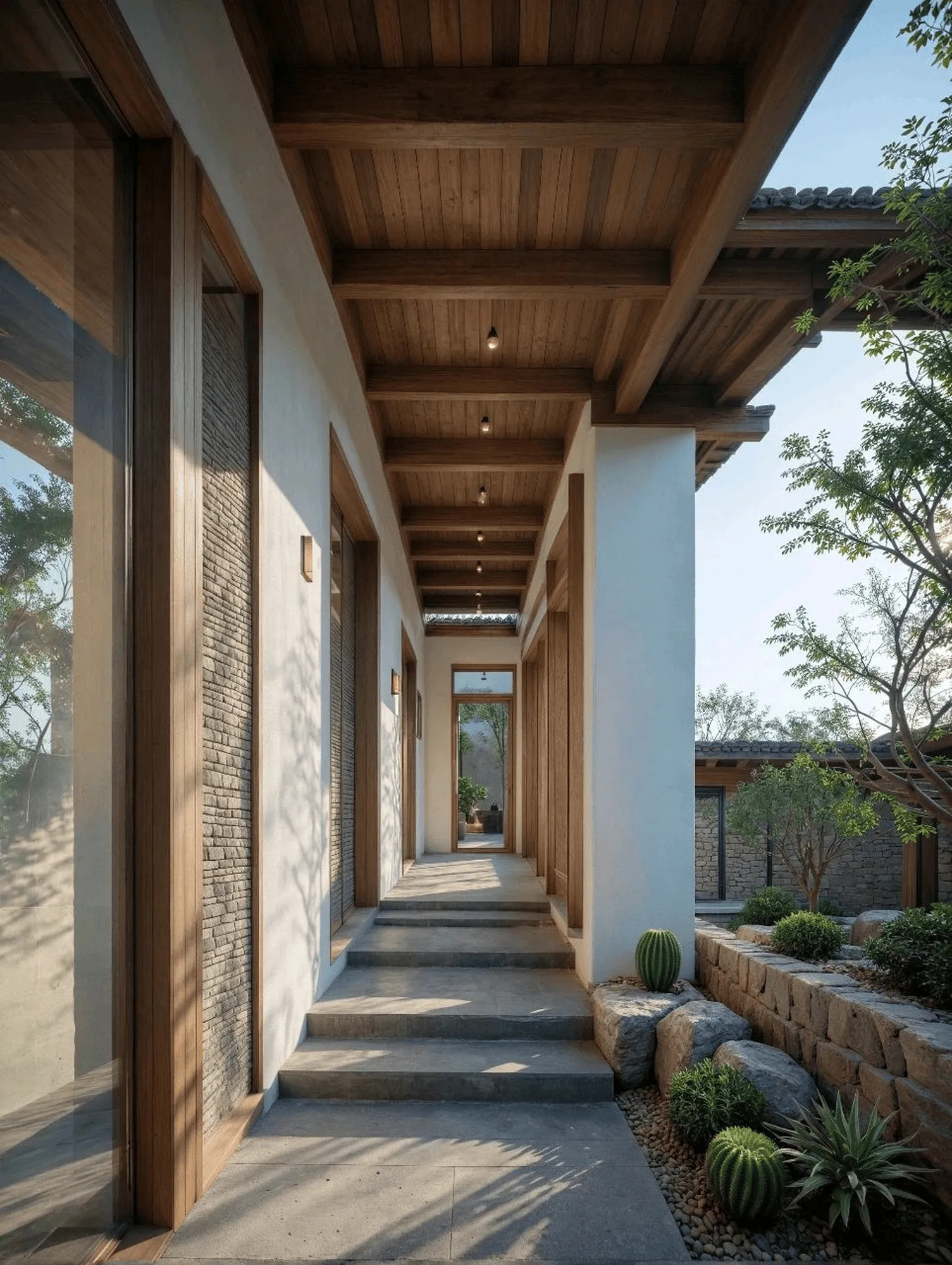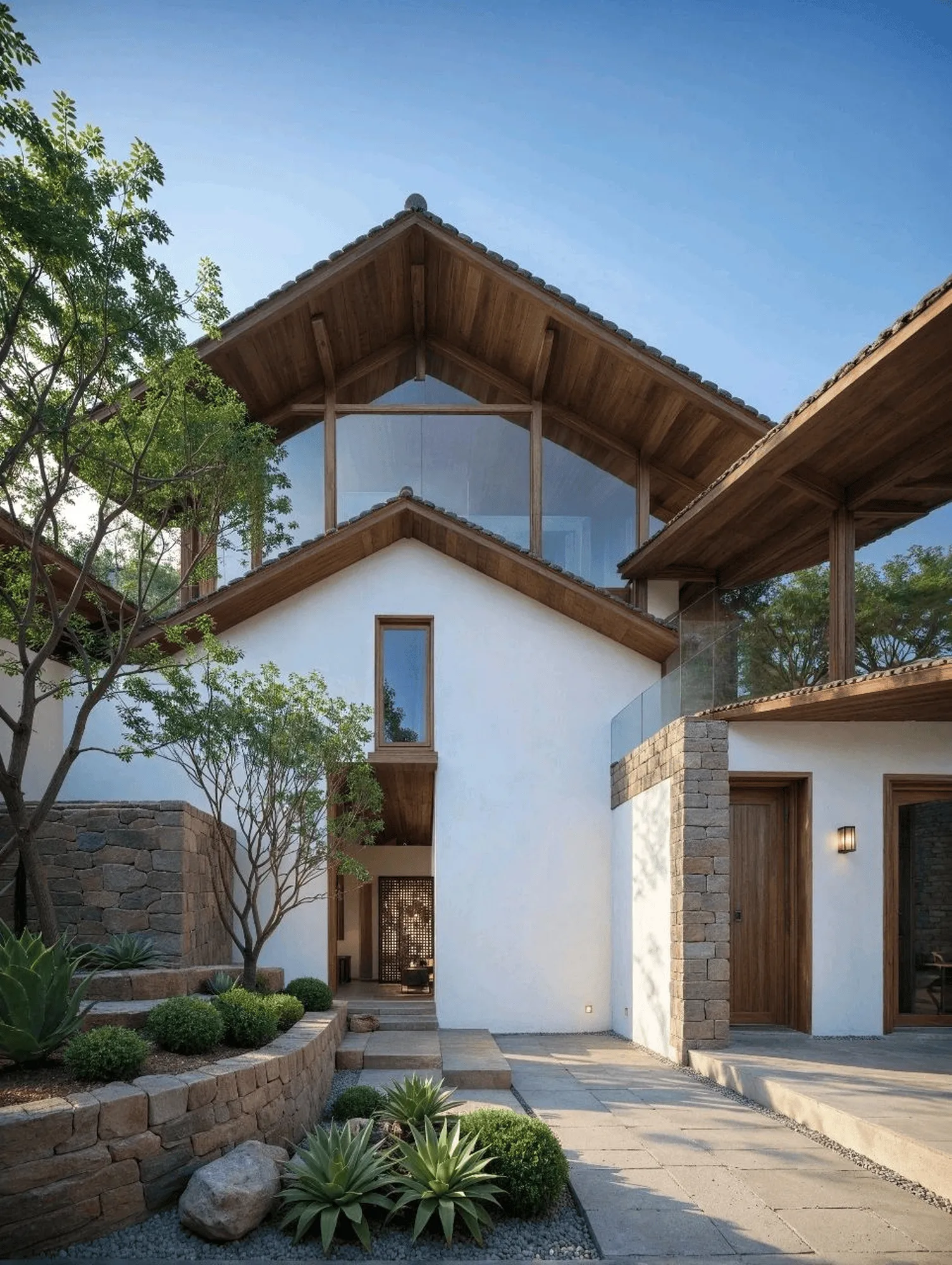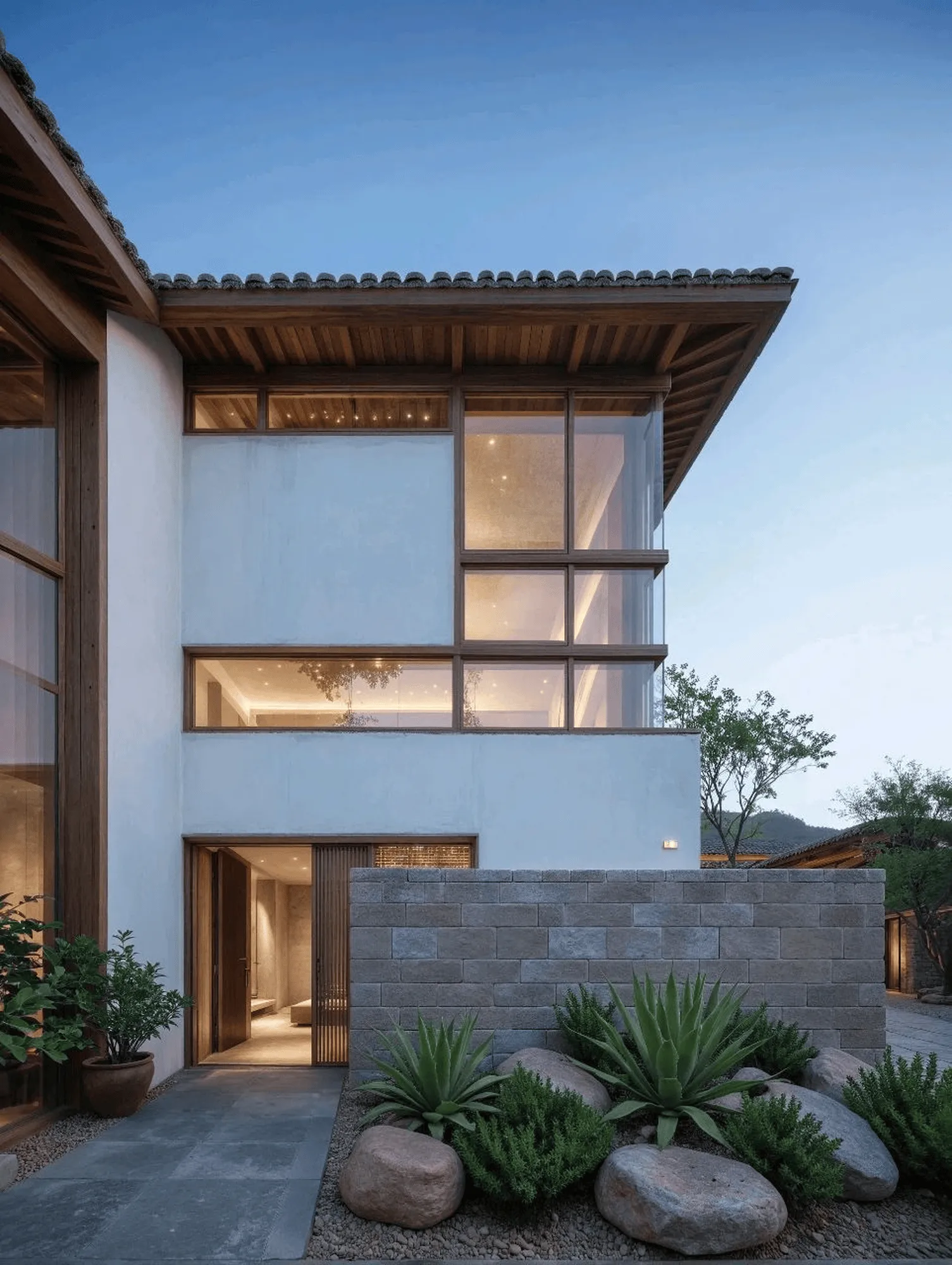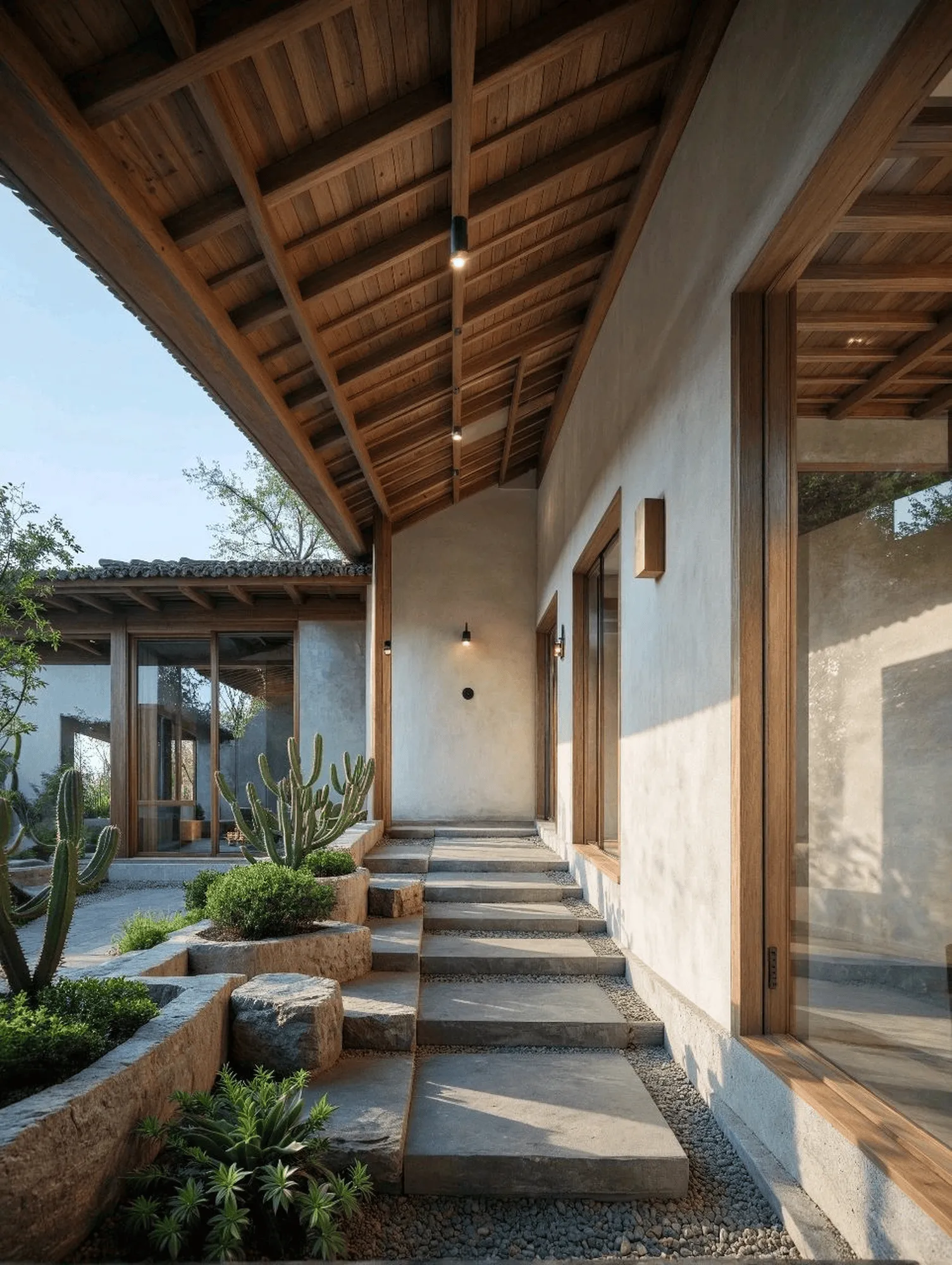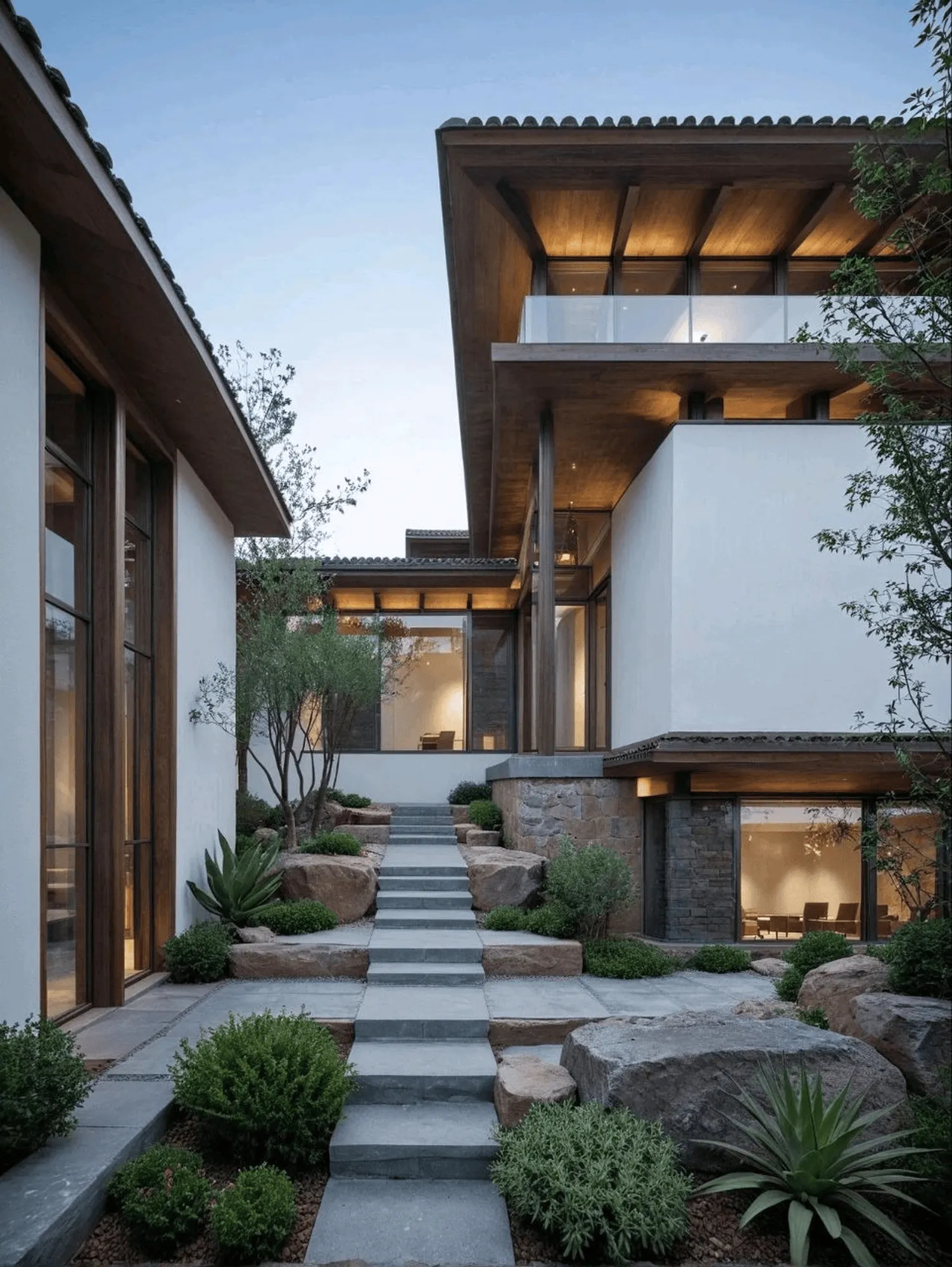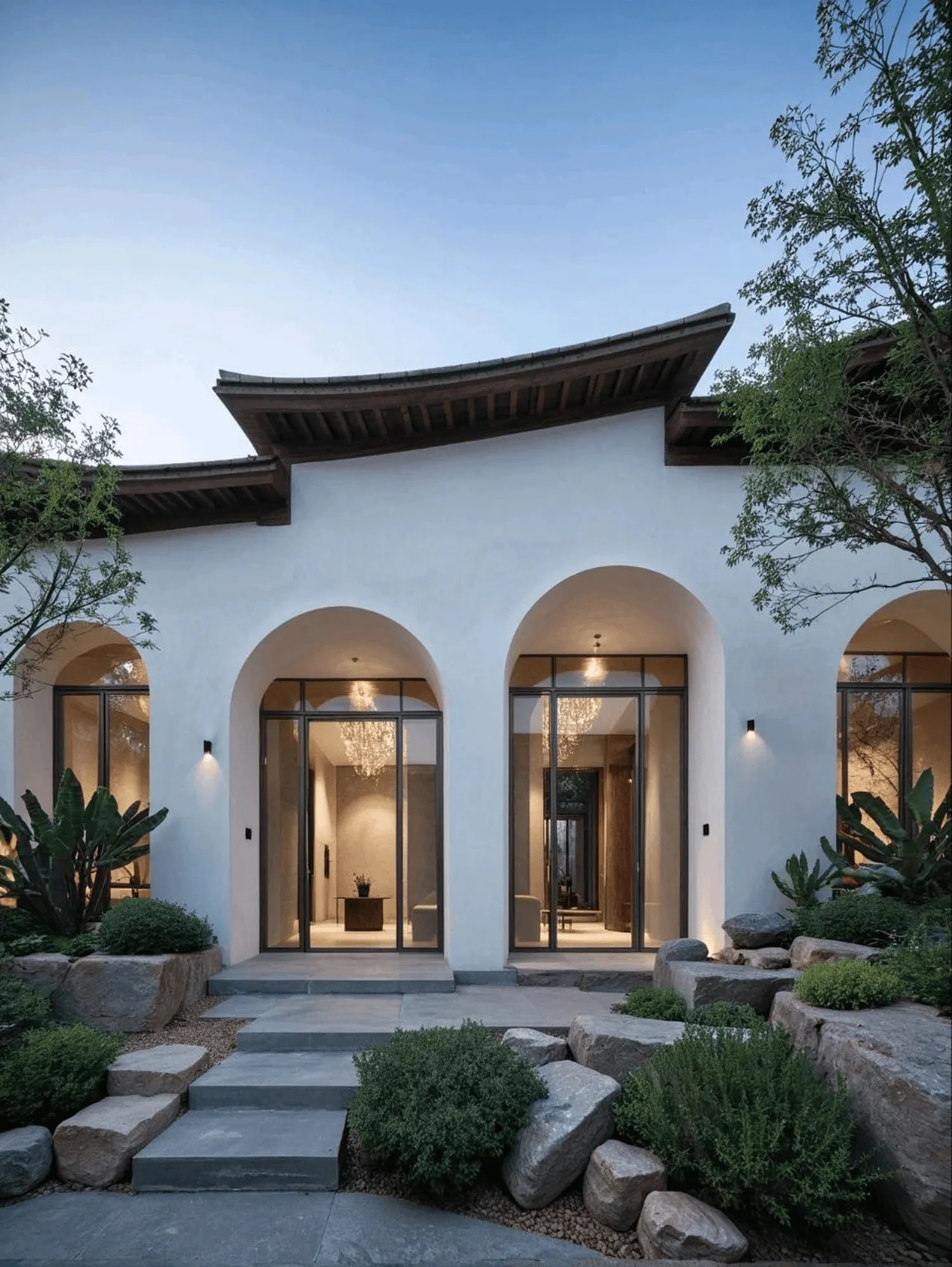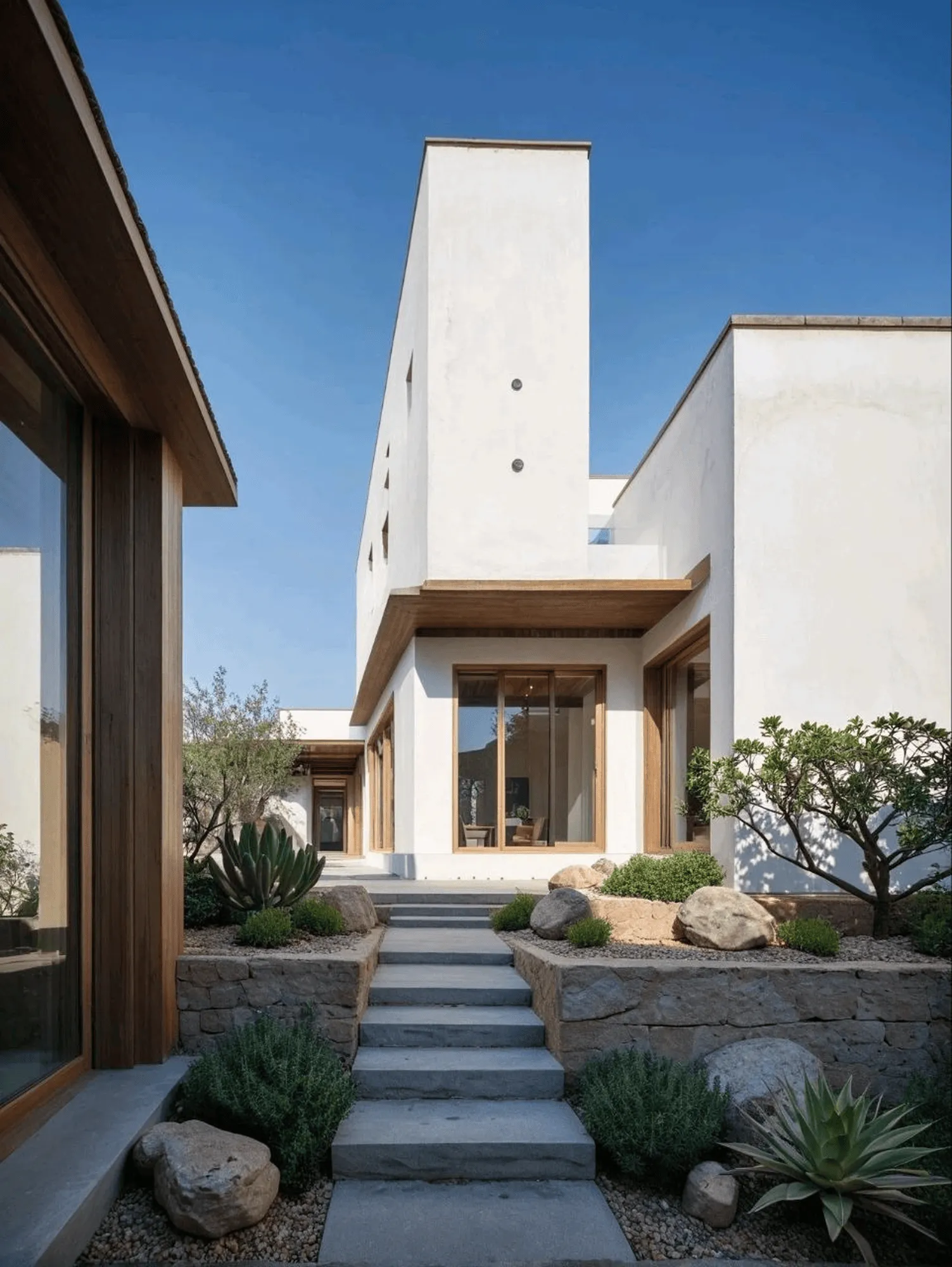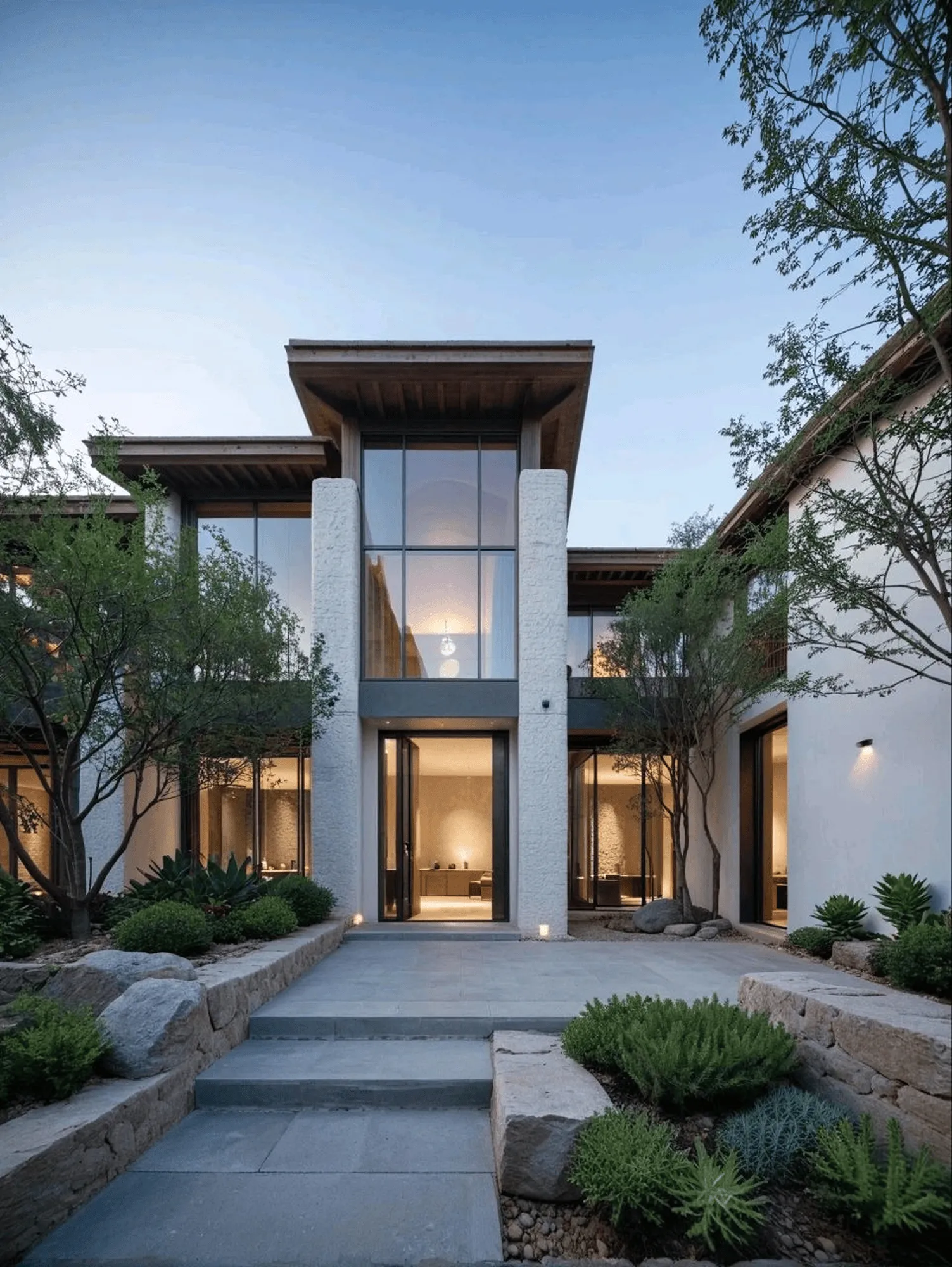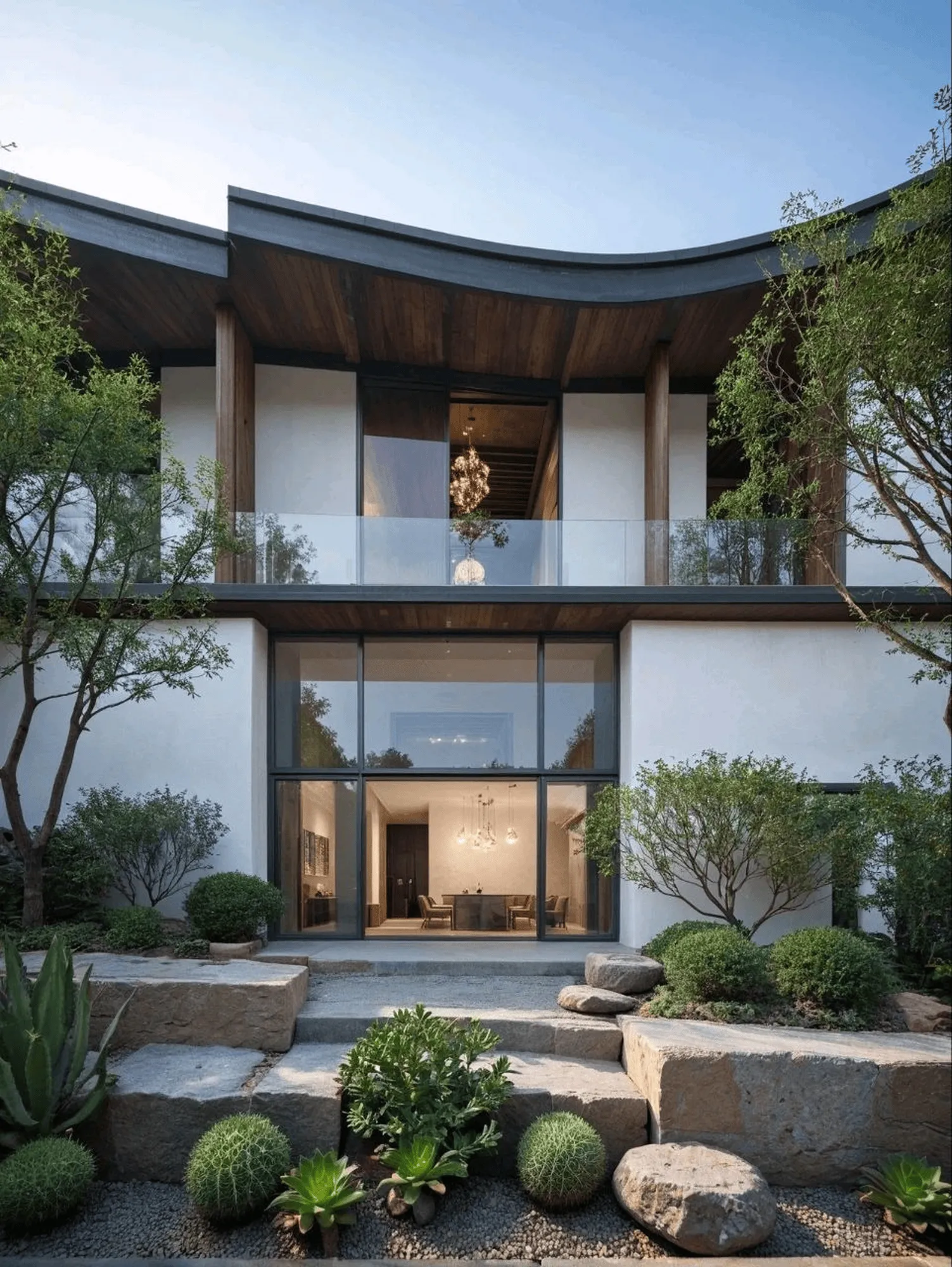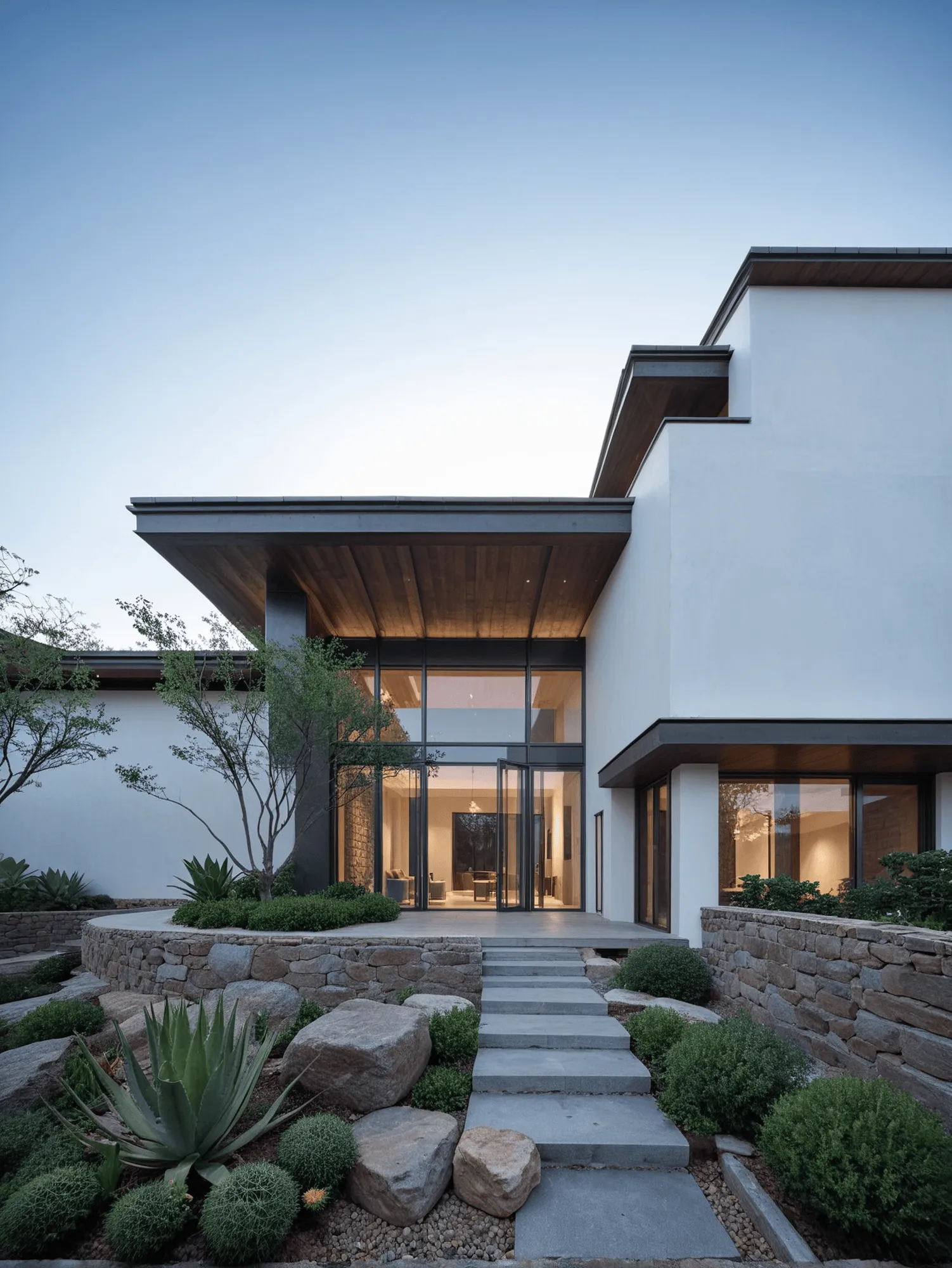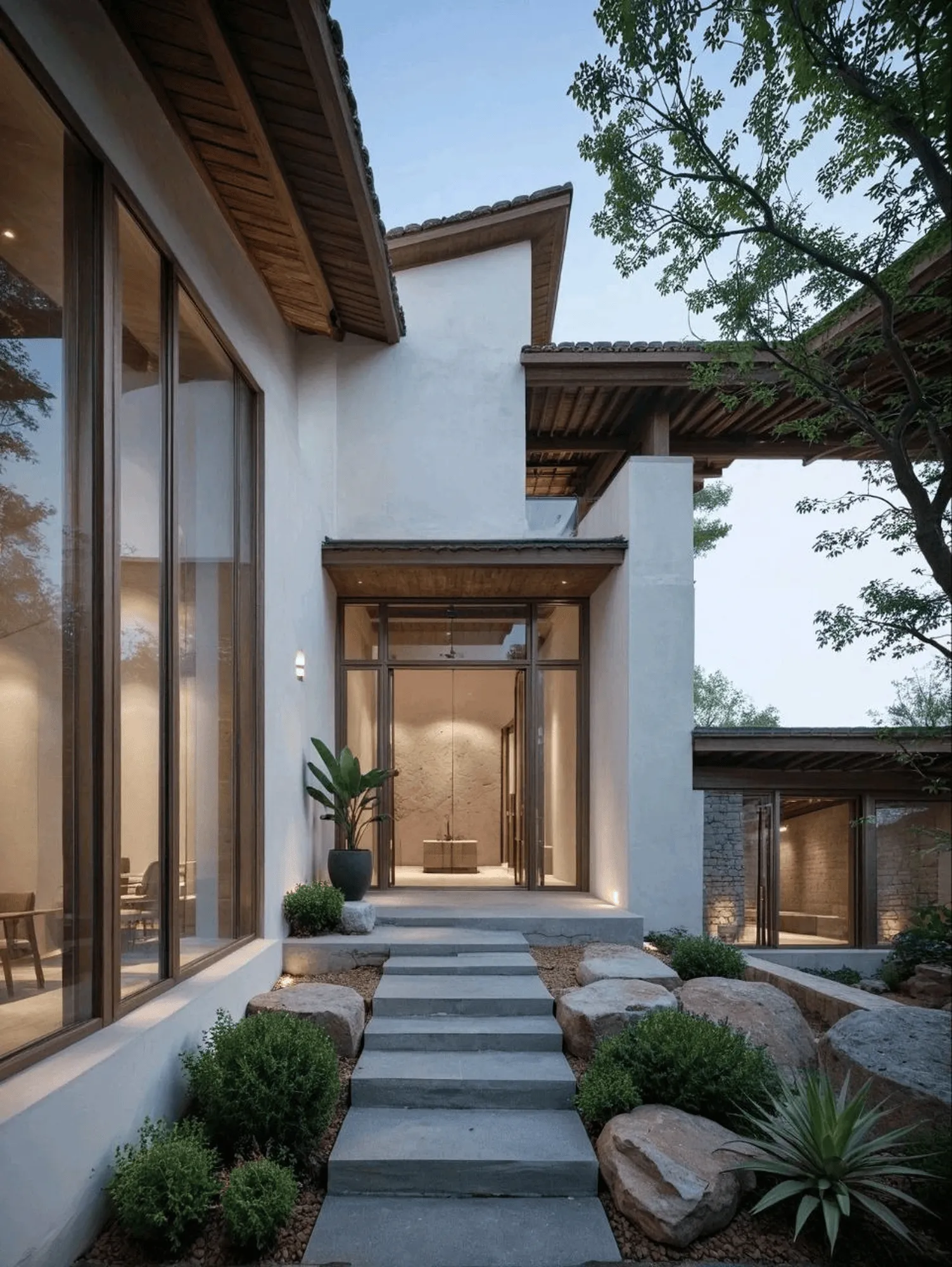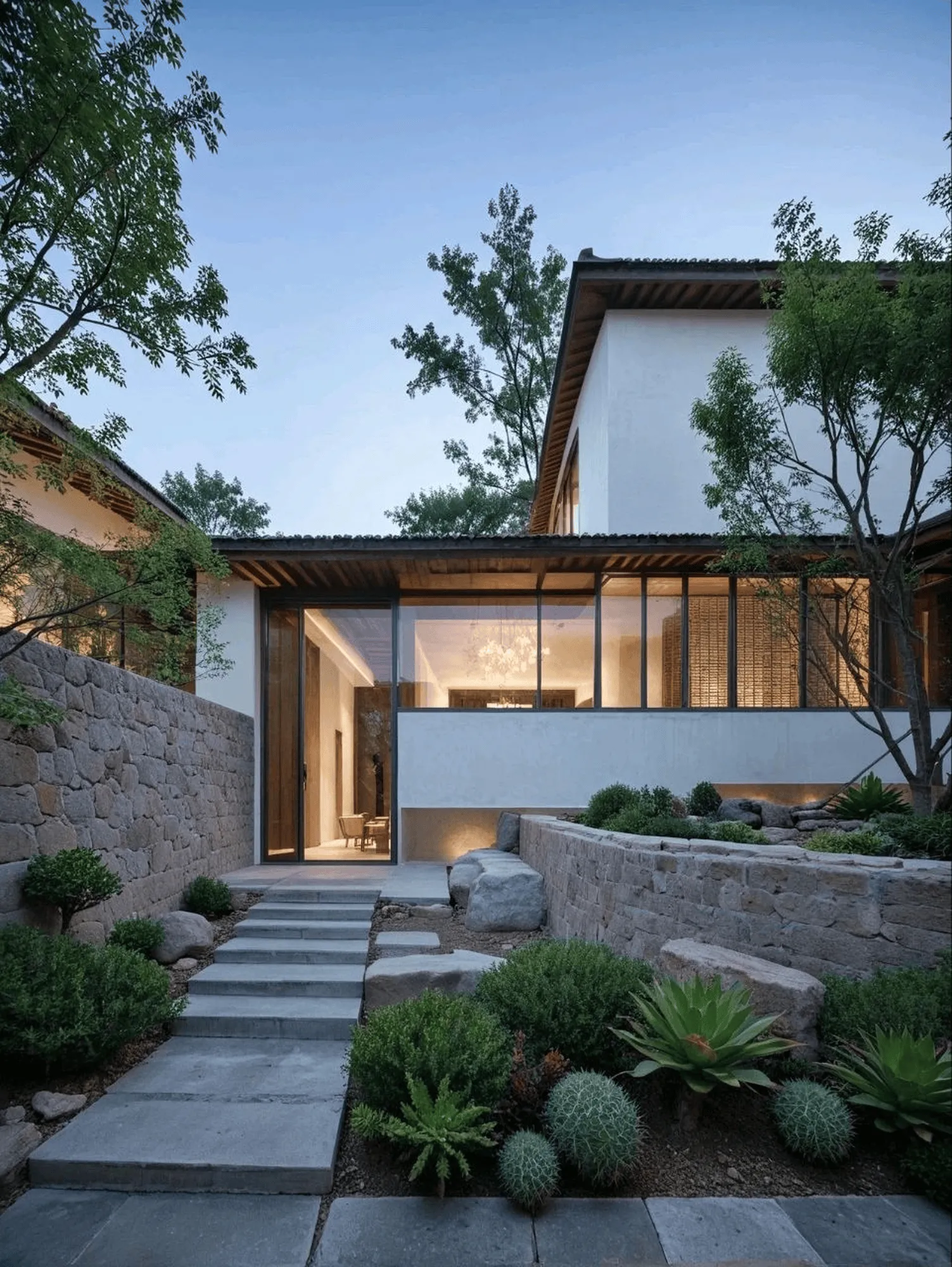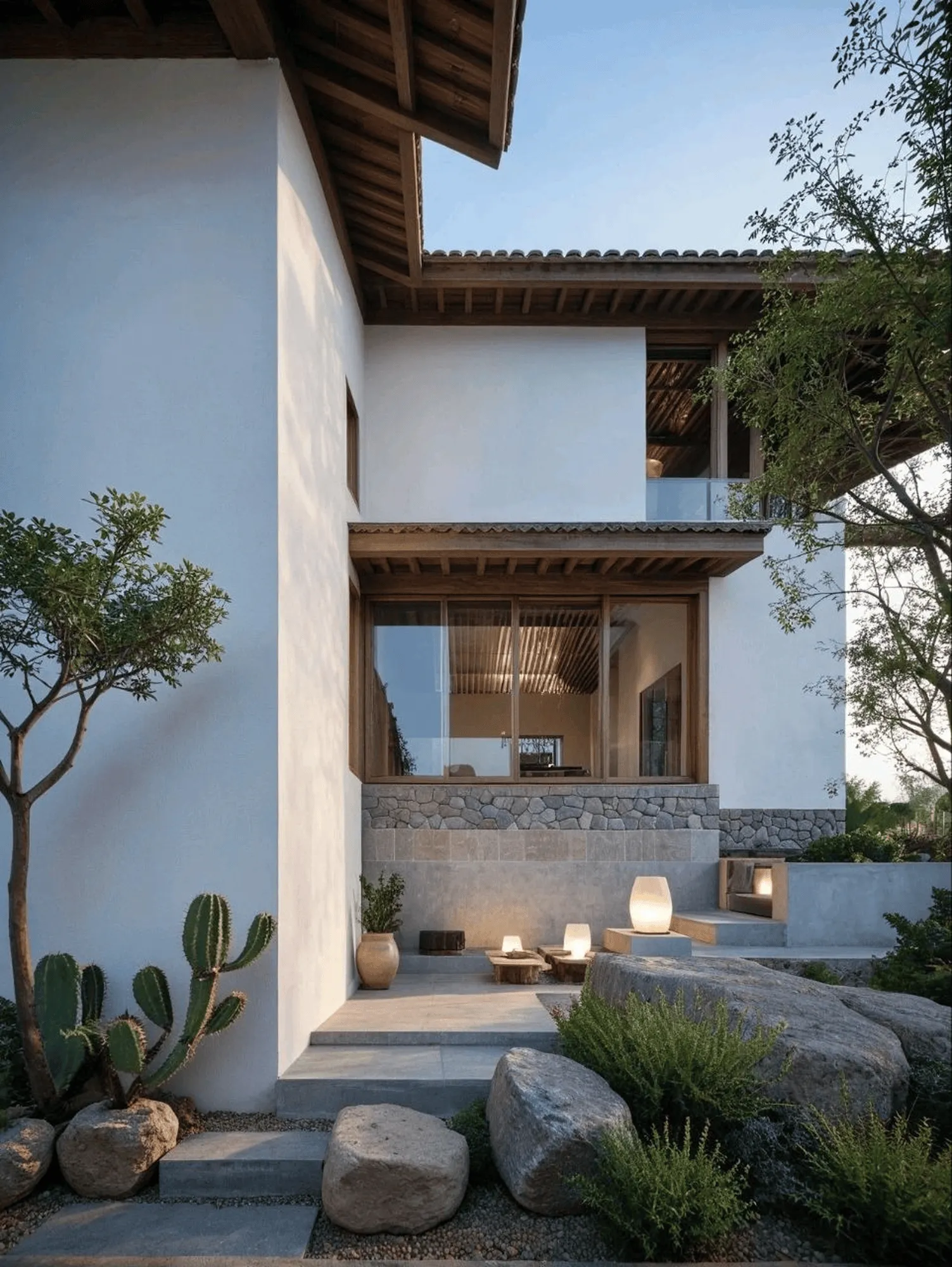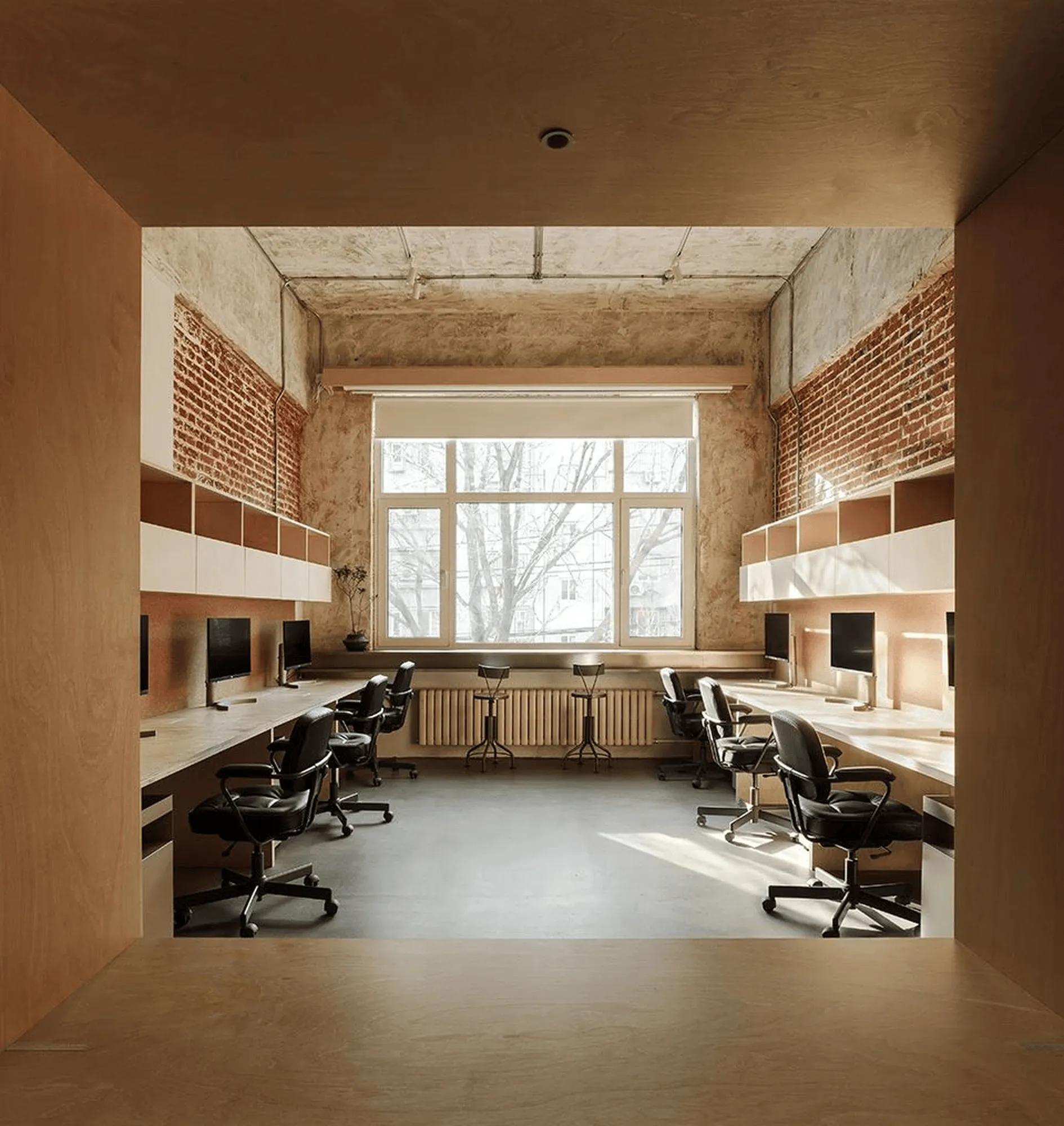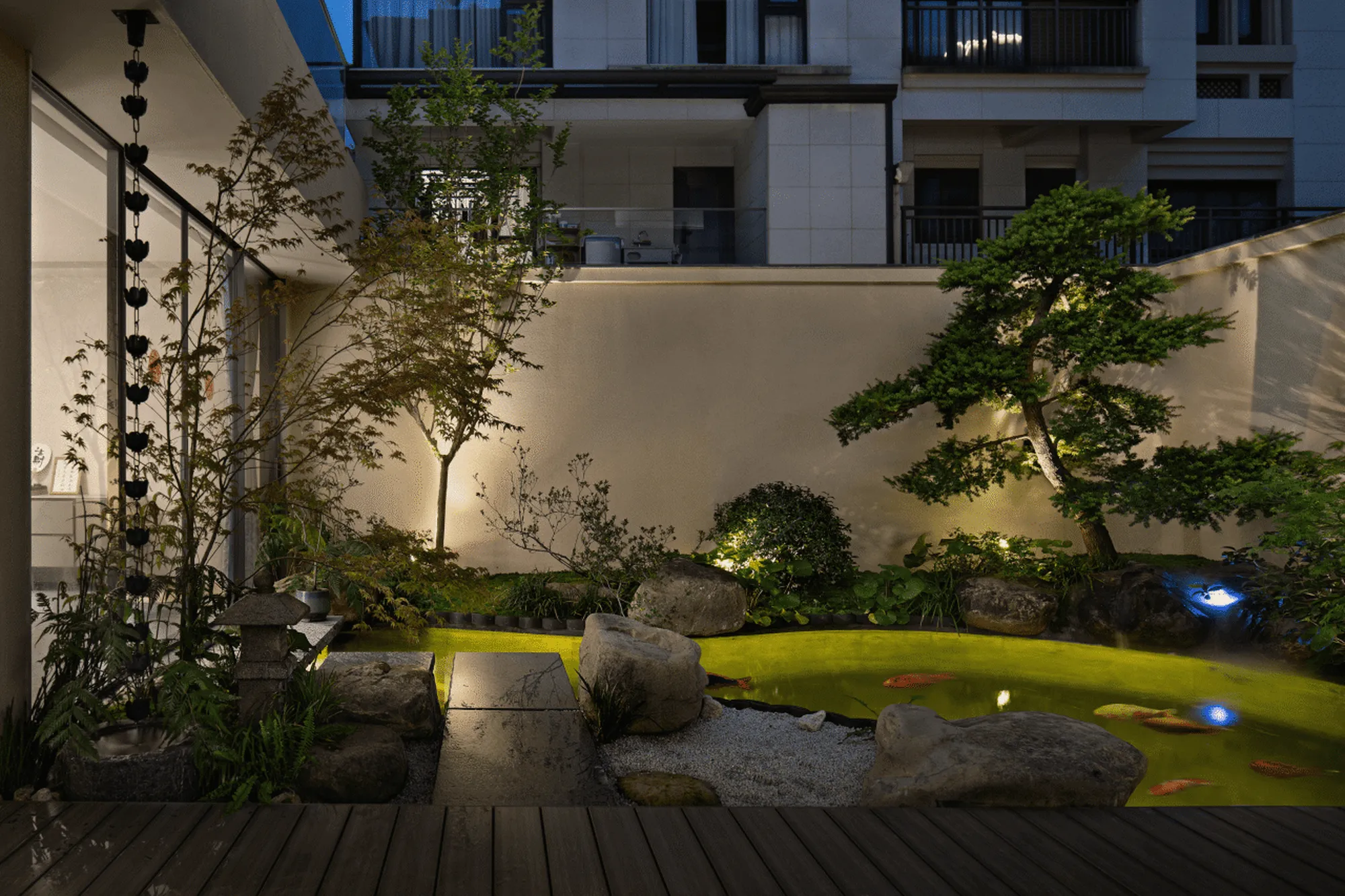Explore the key principles of architectural design in rural revitalization, focusing on cultural sensitivity, ecological sustainability, and modern commercial functionality.
Contents
Respect for Regional Culture in Architectural Design
The cornerstone of architectural design in rural revitalization projects is a deep respect for the local culture. Architects should delve into the historical context, folk customs, and architectural styles unique to the region, seamlessly integrating these elements into their designs. This could involve drawing inspiration from traditional residential layouts, materials, and decorative techniques, creating a visual continuity with the existing rural aesthetic. The application of modern design principles can breathe new life into these traditional elements, fostering a harmonious coexistence of past and present.
Embracing Ecological Sustainability in Rural Architectural Design
Aligned with China’s national commitment to ecological civilization, architectural design in rural revitalization projects should prioritize environmental protection and green design principles. Architects must carefully consider the building’s integration with the natural environment, utilizing renewable energy sources like solar and wind power to minimize energy consumption. Selecting environmentally friendly and recyclable building materials reduces construction waste, while thoughtful landscape design incorporates green spaces and vegetation, enhancing the ecological quality of the surroundings and creating a comfortable, healthy space for both residents and visitors.
Optimizing Functionality and Spatial Planning in Rural Commercial Buildings
As the primary function of commercial buildings is to facilitate trade and services, their design in rural revitalization contexts must prioritize a rational and scientific approach to spatial planning. Architects should tailor the layout to the specific needs of the intended businesses, incorporating dedicated spaces for retail, display, storage, and other essential functions, ensuring seamless connectivity and efficient workflows between different areas. The creation of a vibrant commercial atmosphere is also crucial, achieved through the strategic use of lighting, color schemes, and decorative elements that enhance the visual appeal of the space, enticing customers and fostering a positive shopping experience.
Prioritizing the Needs and Well-being of Rural Residents in Architectural Design
The ultimate aim of rural revitalization is to enhance the quality of life and well-being of rural residents. Therefore, commercial building designs should prioritize their needs and preferences. This involves incorporating convenient pedestrian flow, comfortable rest areas, and well-equipped public facilities to create a user-friendly environment. Open and inclusive spaces encourage resident participation in commercial activities and cultural exchanges, strengthening community cohesion and a sense of belonging.
Ensuring Long-term Sustainability in Rural Commercial Development
Architectural design for rural revitalization must be forward-looking and embrace principles of sustainable development. Architects should consider the long-term evolution of rural industries, guiding and supporting the growth of emerging sectors through their designs. Integrating elements of modern agriculture, rural tourism, and cultural creativity can lead to the development of unique commercial streets or industrial parks with local character. Furthermore, fostering harmonious development between commercial buildings and the surrounding environment prevents over-development and resource depletion, achieving a balance between economic, social, and environmental benefits.
Project Information:
Architects: Various Architects Featured
Area: Variable (depending on the specific project)
Project Year: Variable (depending on the specific project)
Project Location: Rural areas across China
Main Materials: Variable (depending on the specific project)
Project Type: Commercial Architecture within Rural Revitalization Projects
Photographer: Mofang AD


